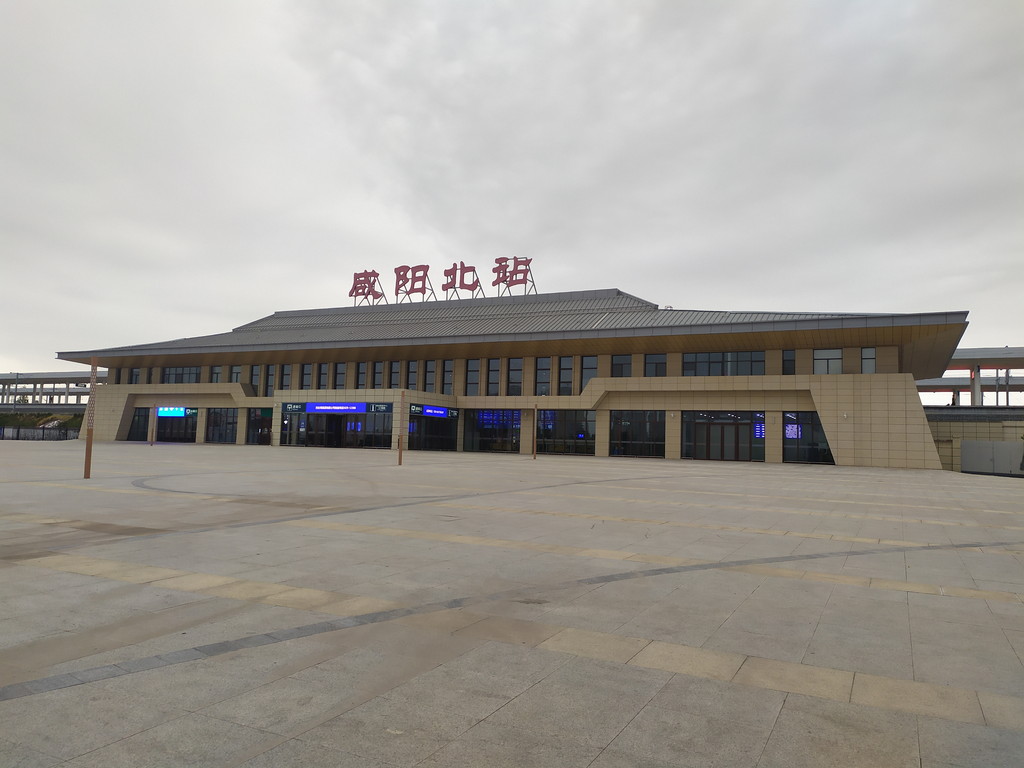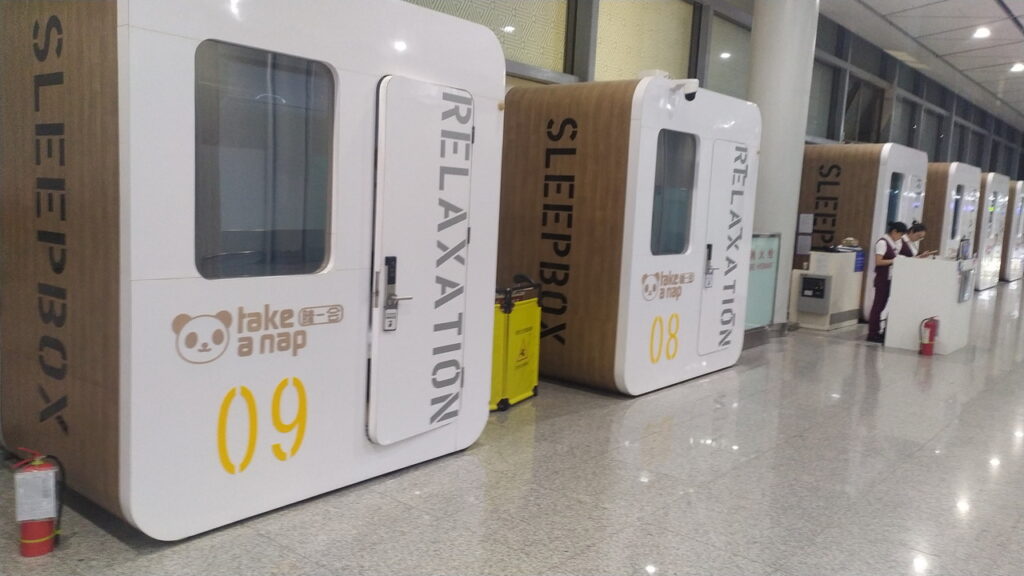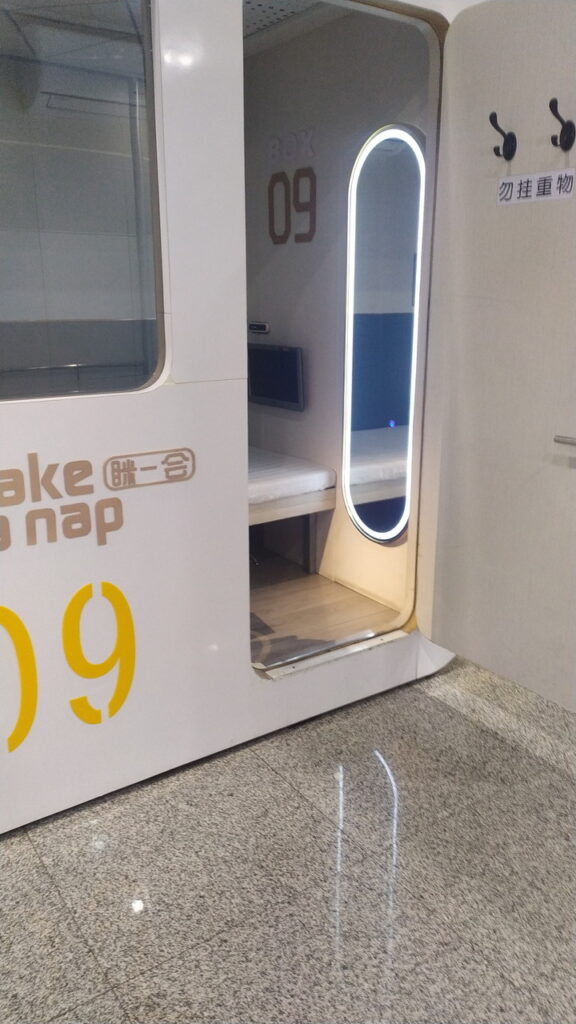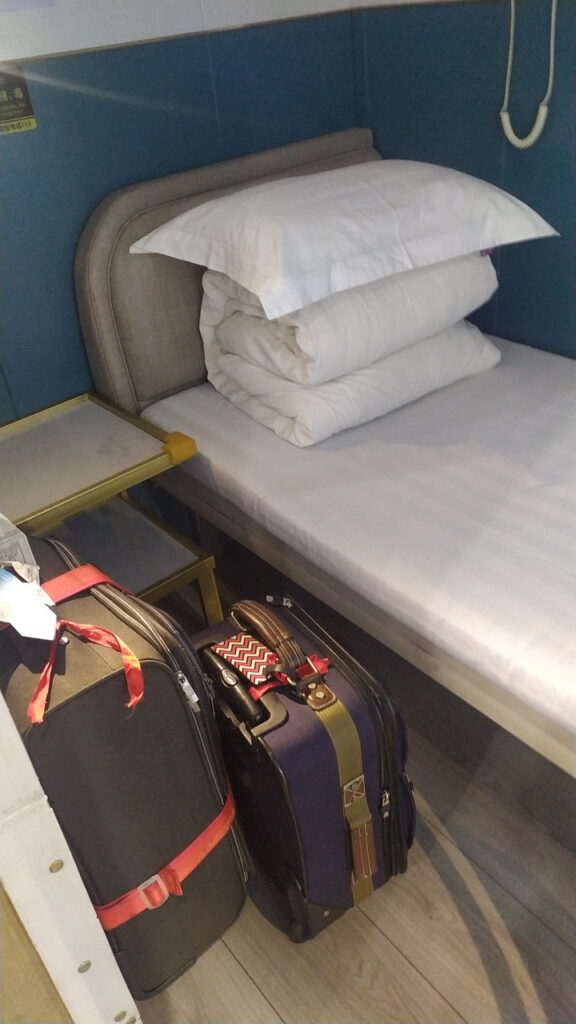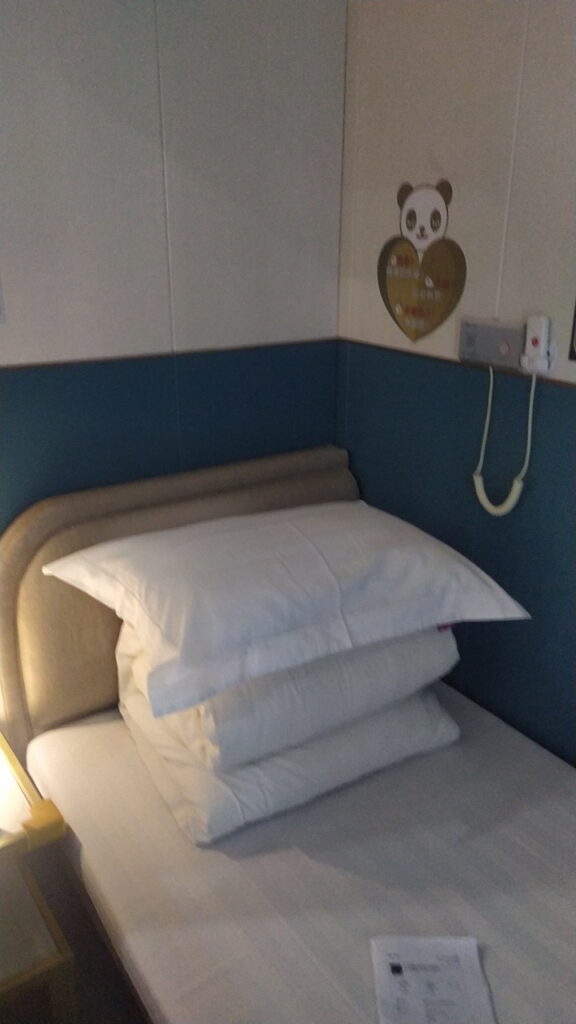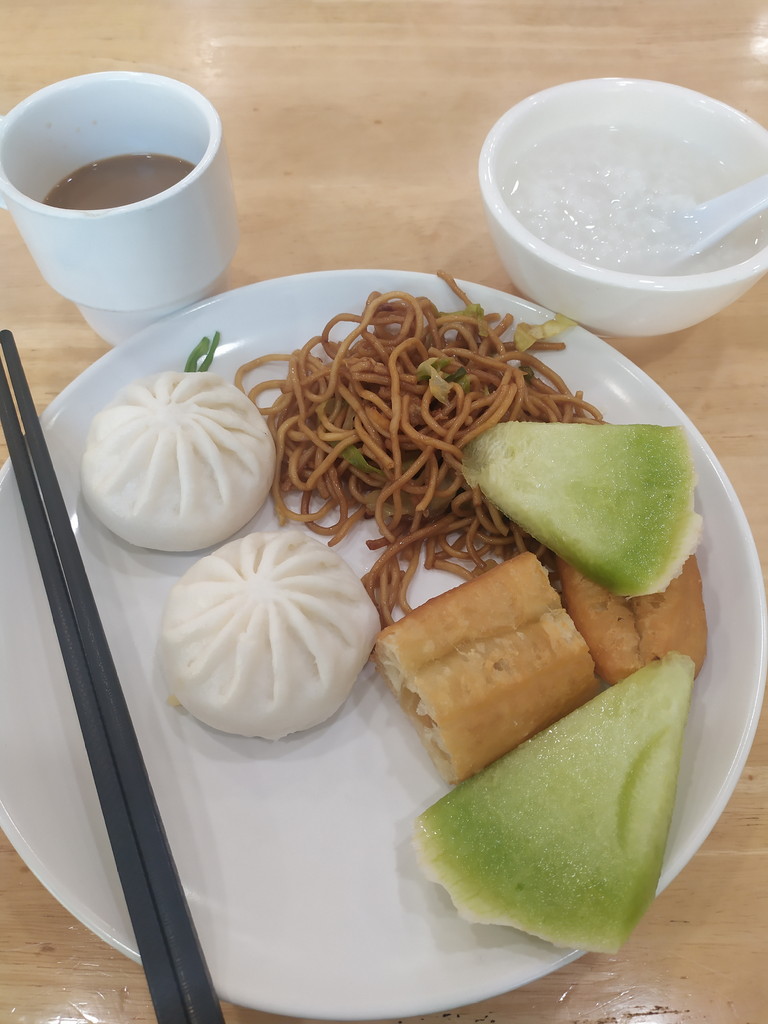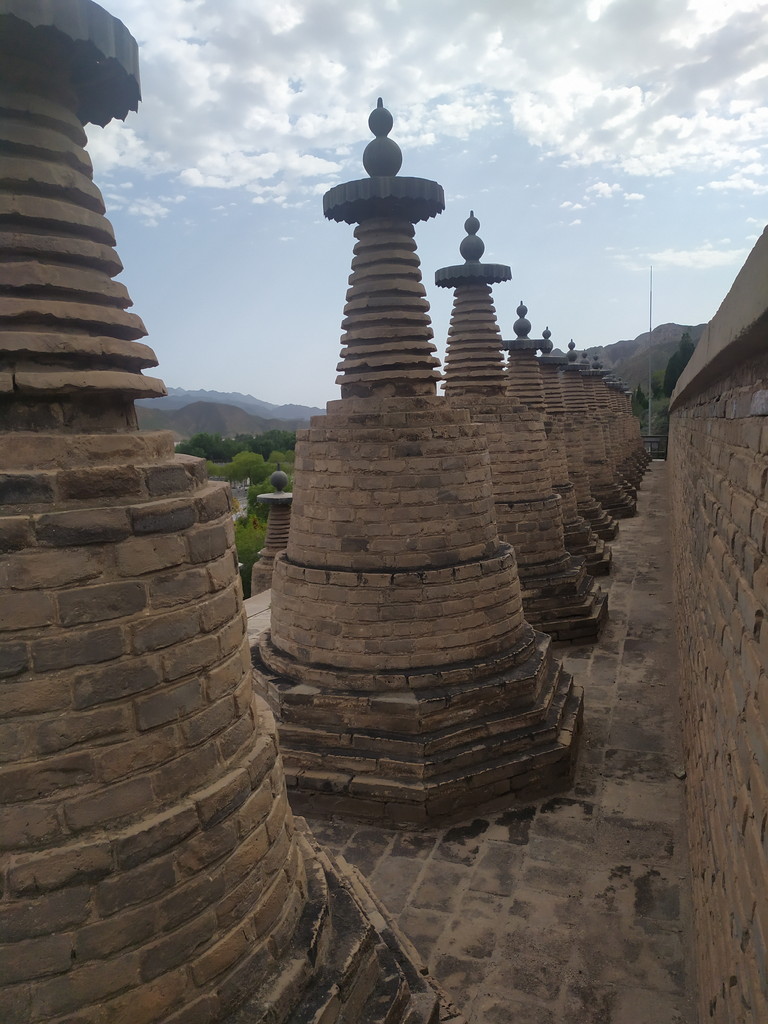
108 pagodas site
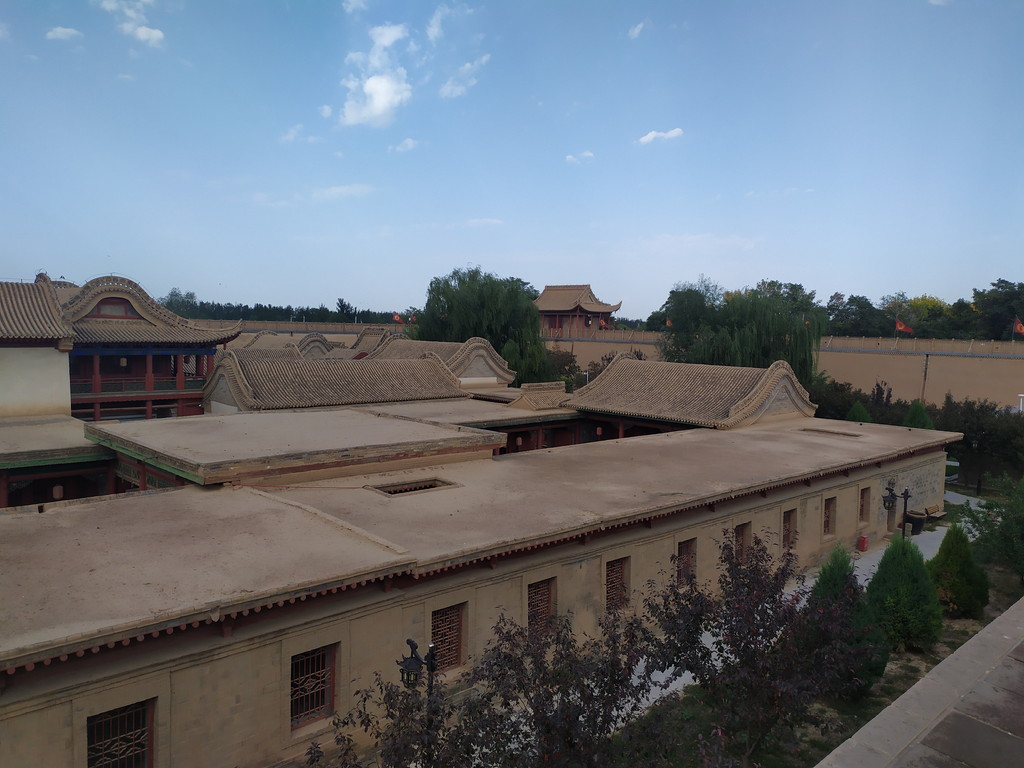
House of Dongfu, an important guy during late Qing dynasty (the final dynasty of the Chinese Empire)

108 pagodas site

House of Dongfu, an important guy during late Qing dynasty (the final dynasty of the Chinese Empire)

I enjoy eating! I enjoy the food in China! So I constantly take photos of the various foods I eat. During my first two trips to China (Xi’an) I clung to American-type breakfast foods at the hotel dining room… but by the third trip I had fully embraced Chinese buffet breakfasts, and really looked forward to them! Zhōu 粥 (called Congee in America) and Bāozǐ 包子(filled breakfast buns) seem to be often on my mind even when I am in Spain or Colorado!
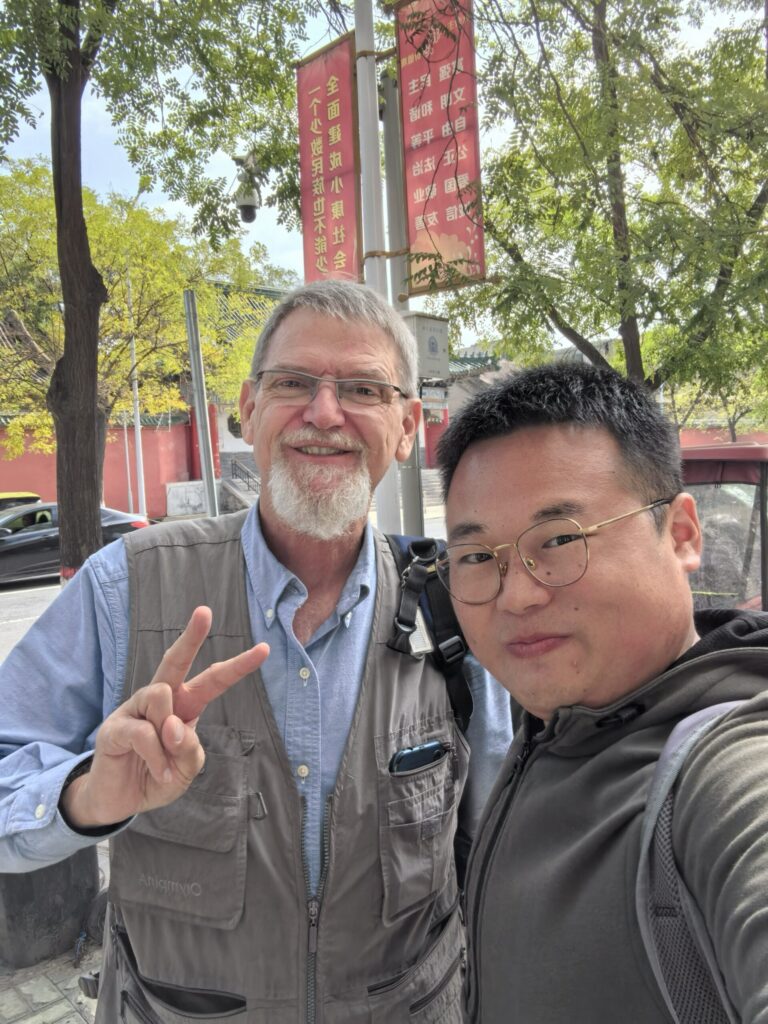
ChenChen is a guy I met while I was looking at displays in the Jade Emperor Pavilion (aka bell tower). After I had climbed up inside that tower, there was a room with lots of historic photos side by side with modern photos of various sites around Yinchuan.
I noticed a photo of a cool looking building I had not seen before and was wondering what and where it was.
Seeing a young man taking some photos of the displays, I asked him to look at that photo and tell me if he knew where the place was.
After a short conversation he offered to accompany me to the site so that I would not have any trouble finding it.
We took a bus to get there.
Then we decided to go to the “Chengtian Monastery” site where there is a famous tower. I had tried to get inside the grounds of Chengtian on two previous occasions when I was in Yinchuan , but had always arrived after the entrance closed.
Well, we got it this time!
ChenChen insisted on paying my admission, including a fee to also be able to climb up to the top.
OMG! The steep stairs on the inside were not even really stairs… narrow treads… almost like 11 floors of ladders!
Well, it was an exhausting climb, but the stair was extremely stout and in no danger of falling apart. And there were plenty of handholds to grasp!
Then we ate a modest lunch (which he also insisted on paying for…)
Before parting, he took a selfie with me. Obviously he is a really nice guy.
Based on exchange of some Wechat messages, I was expecting to meet up with Cecilia. She had started as my guide the previous time I visited Yinchuan. But we had become friends.
So I began walking back to my hotel.
On my way I was accosted by a group of three overly ” helpful” teens who insisted on giving me directions on how to get to my hotel. The directions were not quite correct, but their intentions were good!
Based on a recommendation, this morning I visited what was essentially a giant farmers market with every type of vegetable you can imagine…
Oh that is not right. Here in China they have some strange vegetables and other foods that we westerners couldn’t even imagine!
Plus fish… plus this, plus that..
A really great place.
Wow, I felt like my life is so phony and the people packing that place were real!
Overcome with hunger from all the foods present, I bought two types of pastries… no, three. Two moon cakes, a pair of others (hard to describe)… and then I saw some pastries that appeared to have raisins in them. mmmmm they looked yummy! So I asked how much one cost. He said 10 yuan. It seemed kind of pricey, but they looked yummy. So I forked over a 10-spot. OMG… it was 10 yuan for a big bag of them! ha ha. I saved a few for myself and later gave the rest to a wrinkly old beggar woman I saw. She was happy.
OK, time to quit blabbing and share some pics!
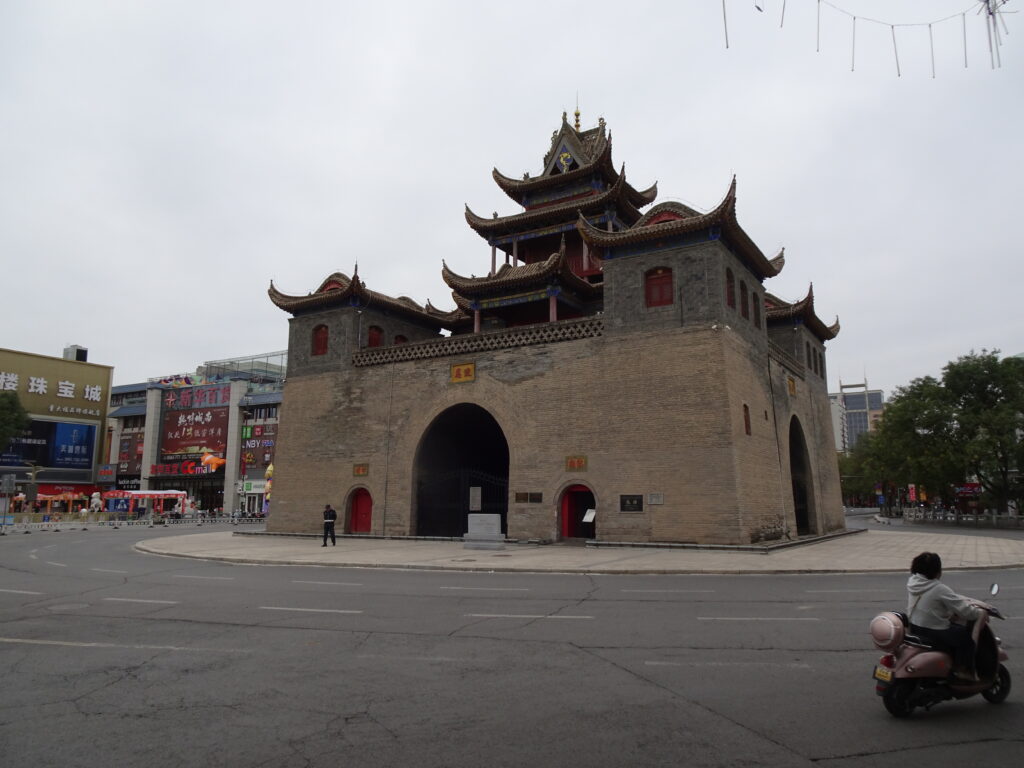
Drum tower
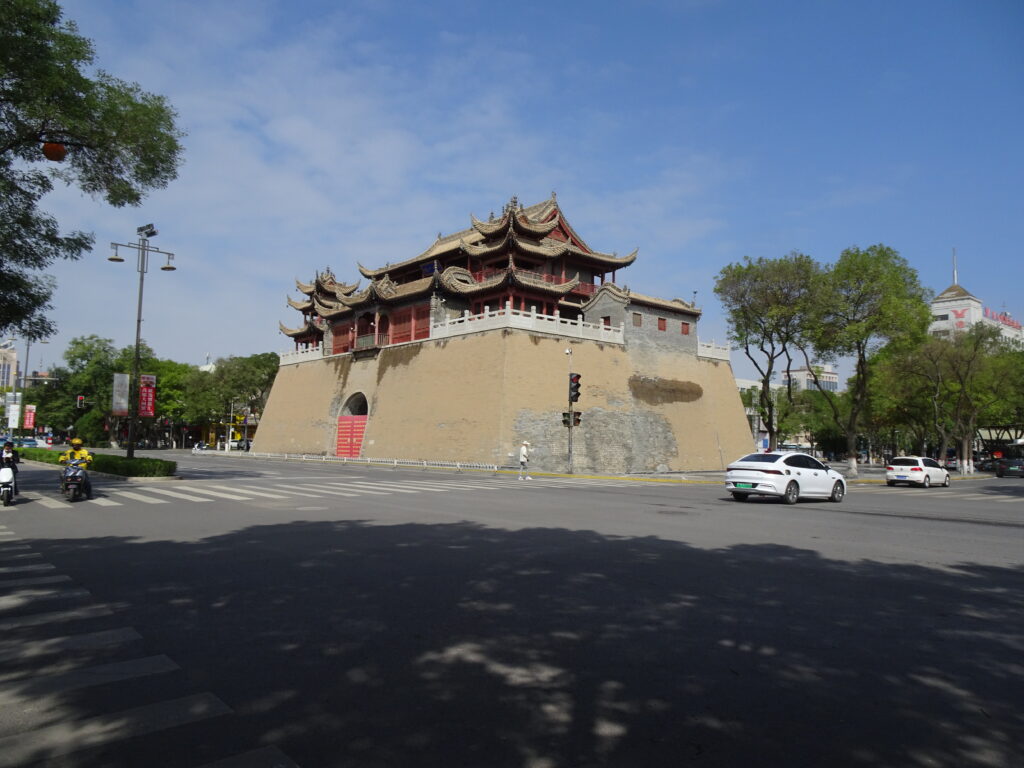
Jade Emperor Pavilion (Bell tower)
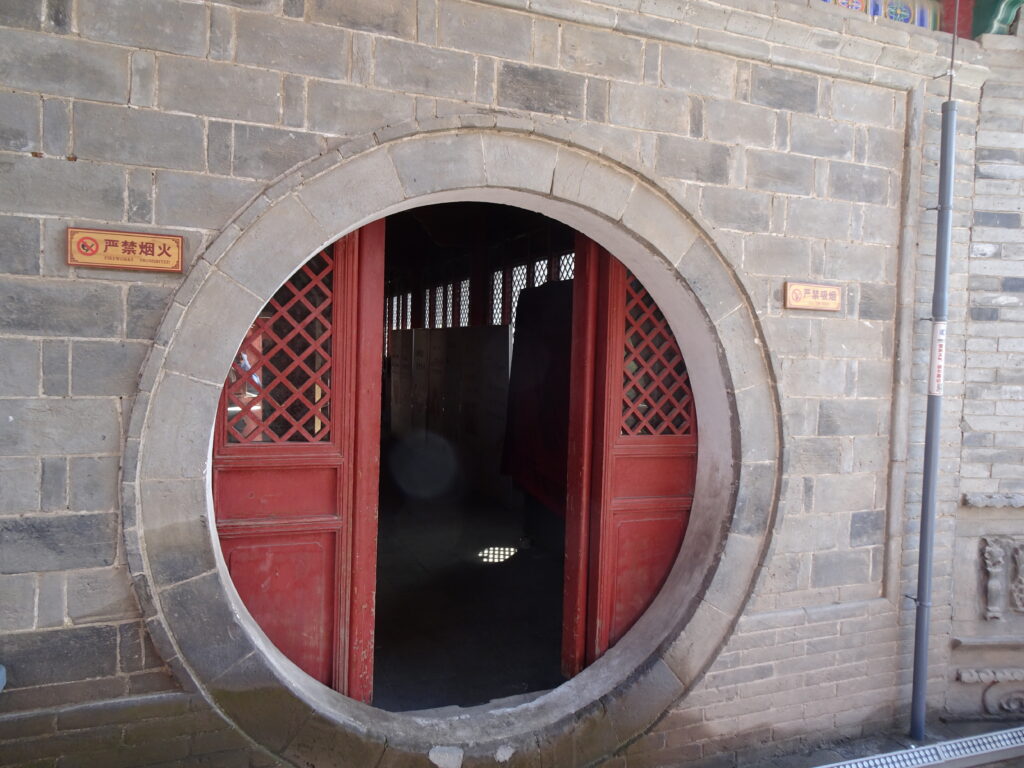
Upstairs in the Jade Emperor Pavilion
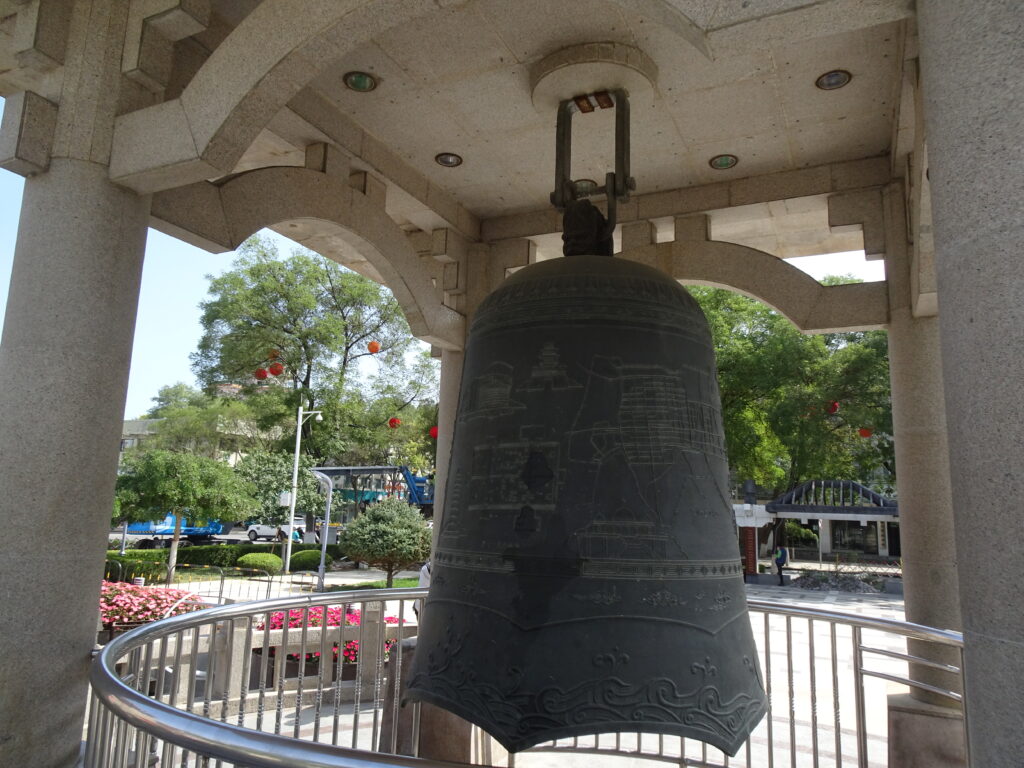
A modern bell with engravings of city sights that sits in front of the Jade Emperor Pavilion
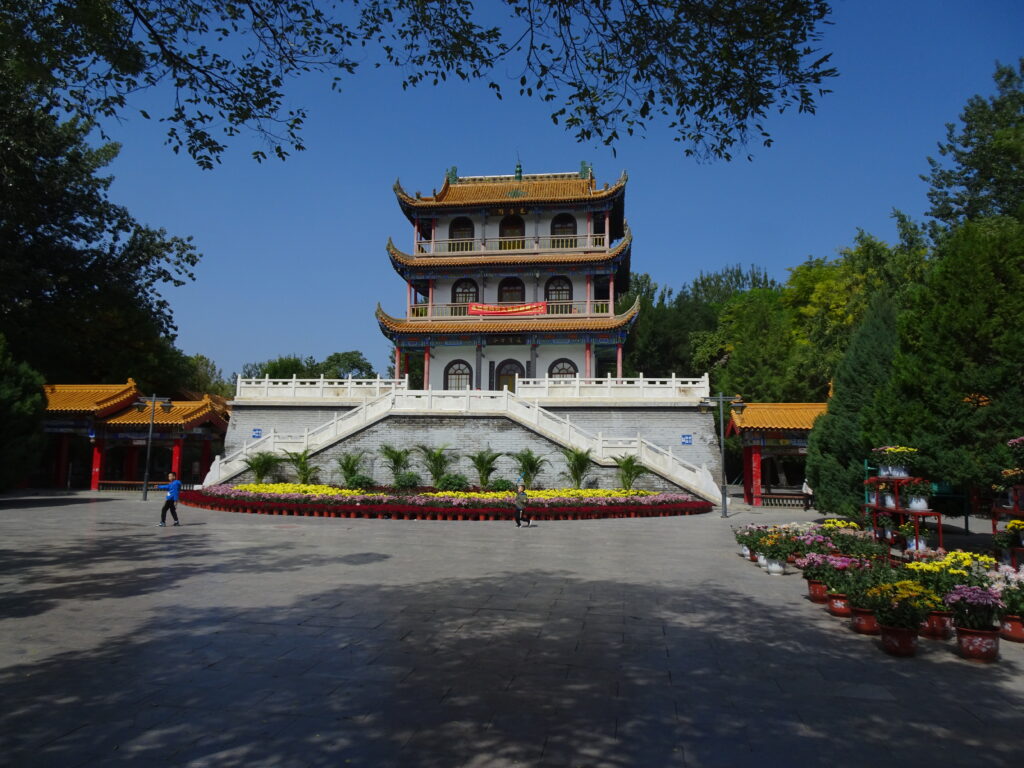
Building in Sun ZhongShan park (Sun Yat-sen)
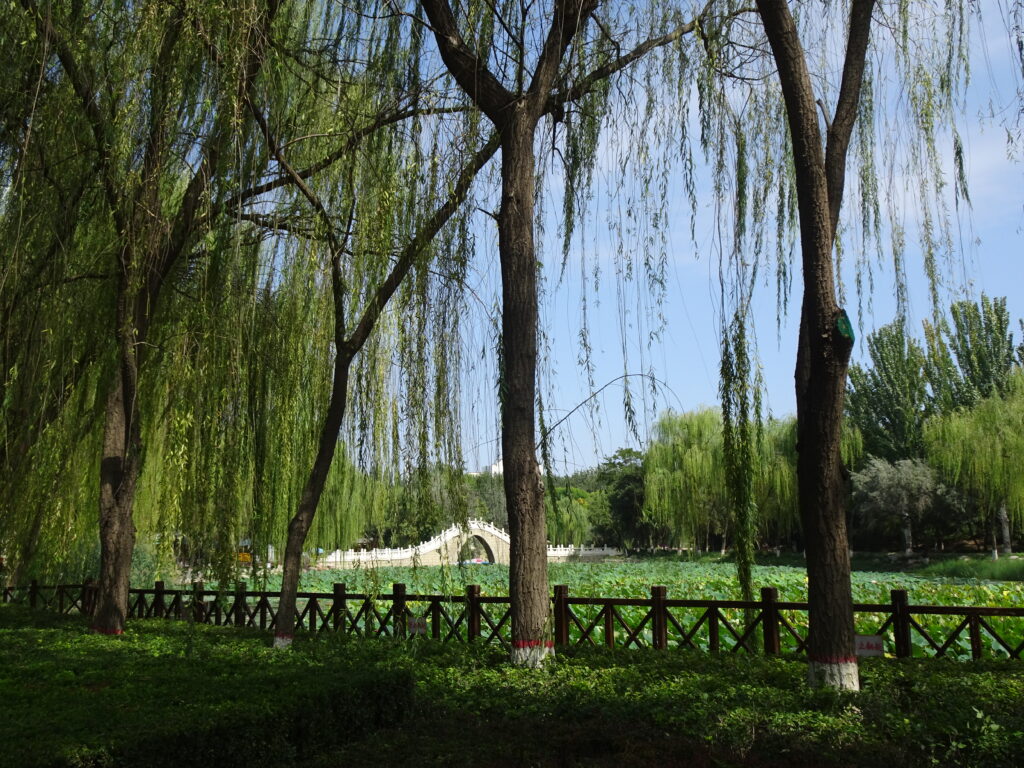
humpy bridge in the park
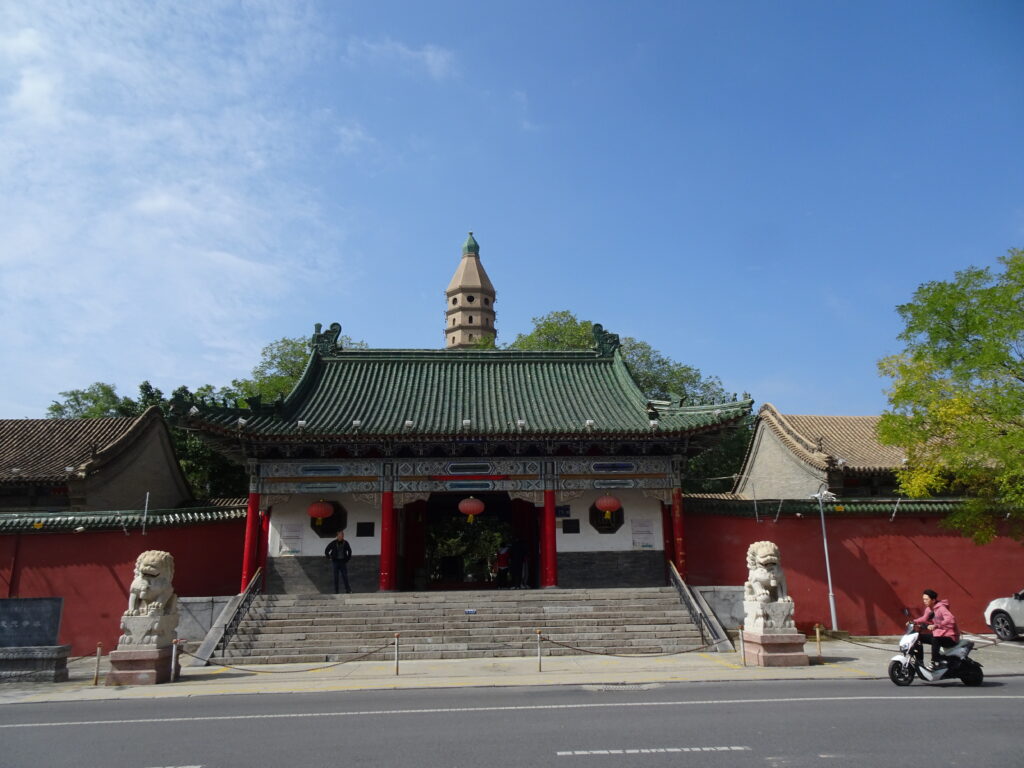
Chengtian Monastery is not actually a monastery anymore… it is a museum
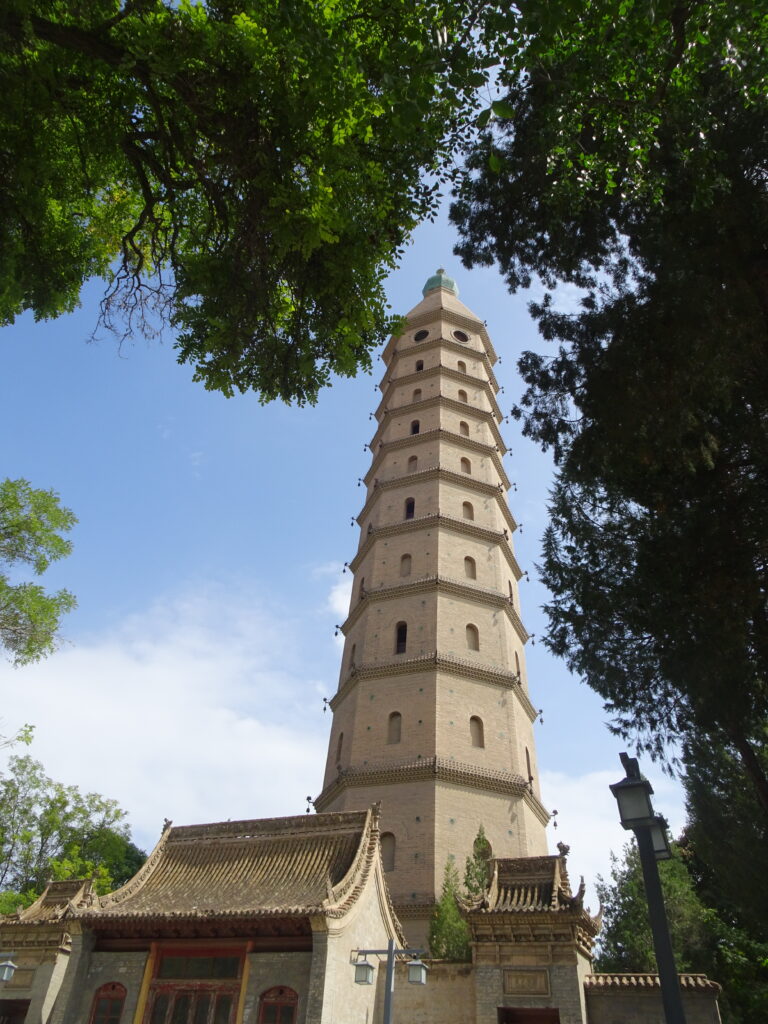
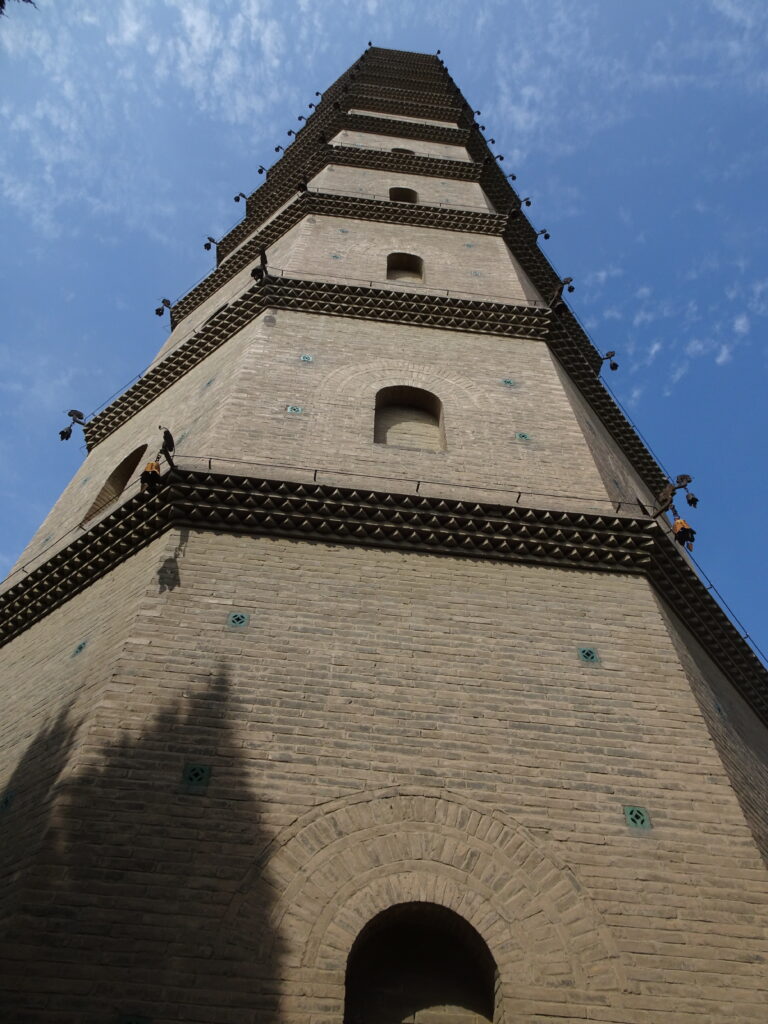
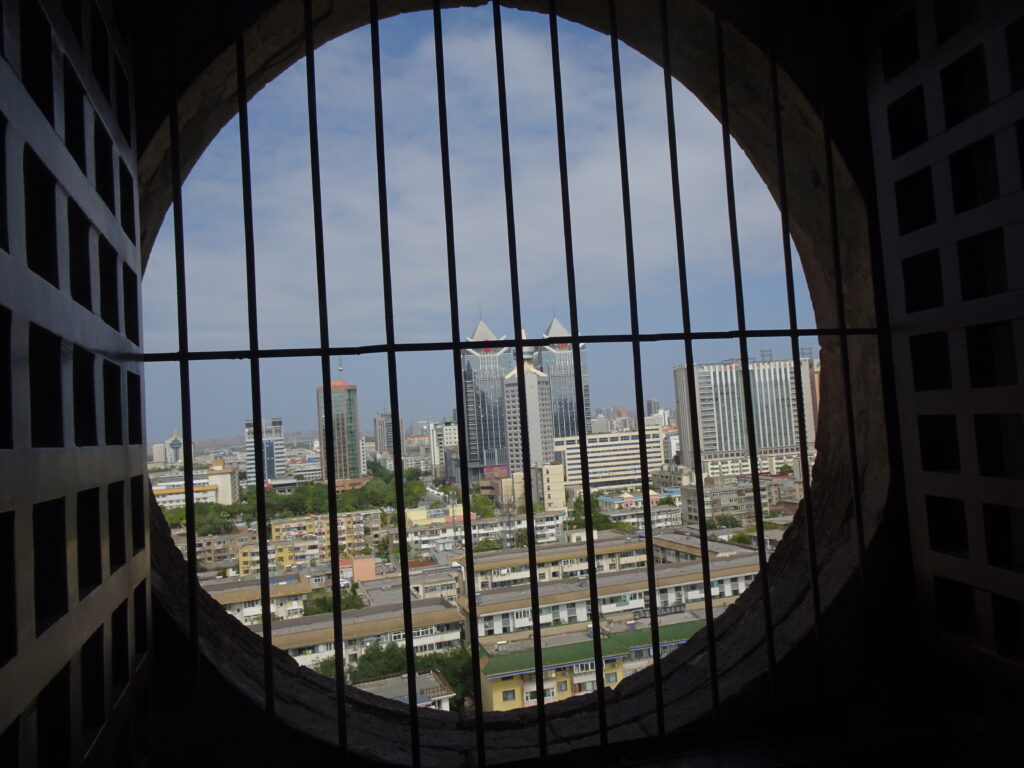
A view from inside at the top
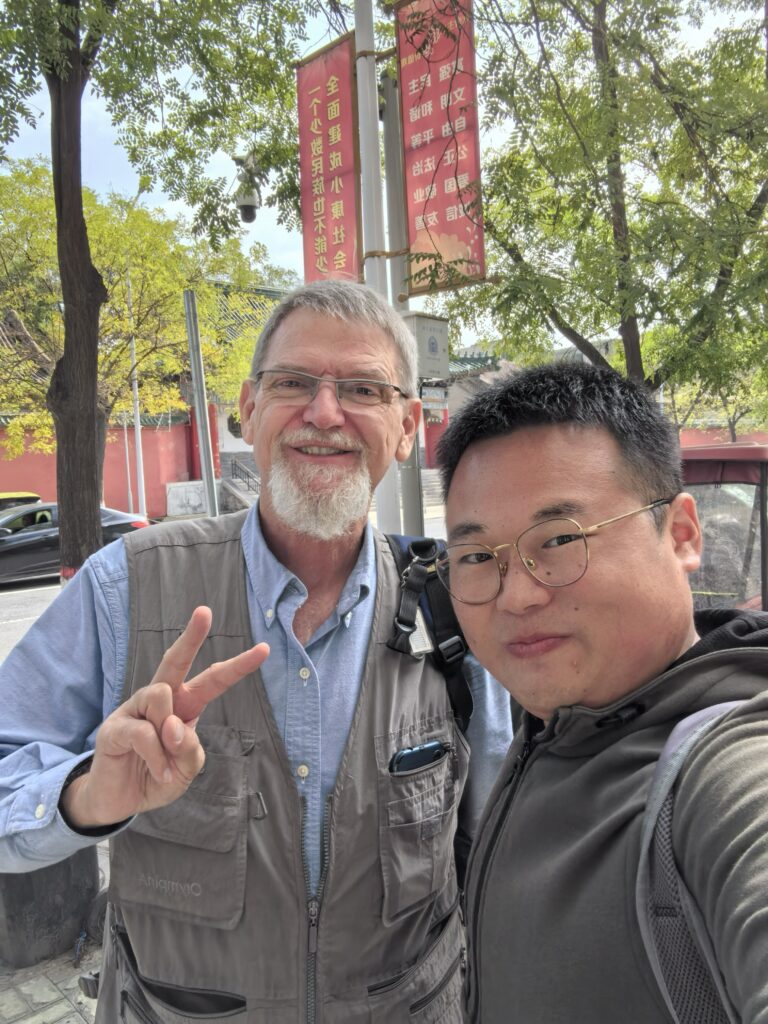
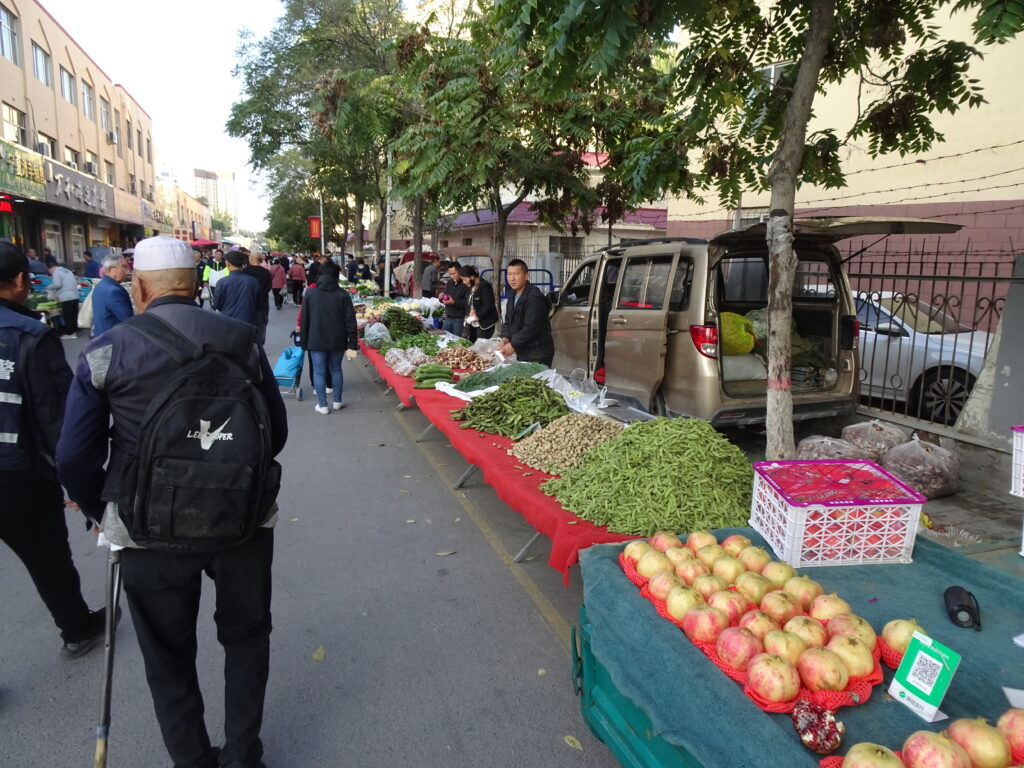
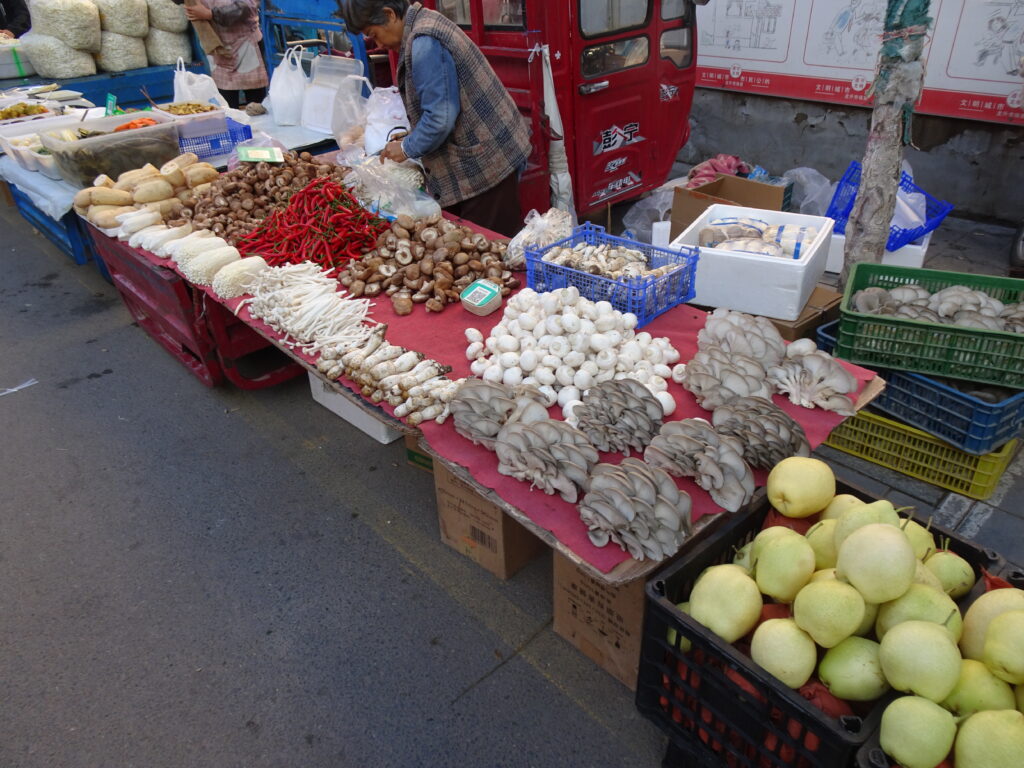
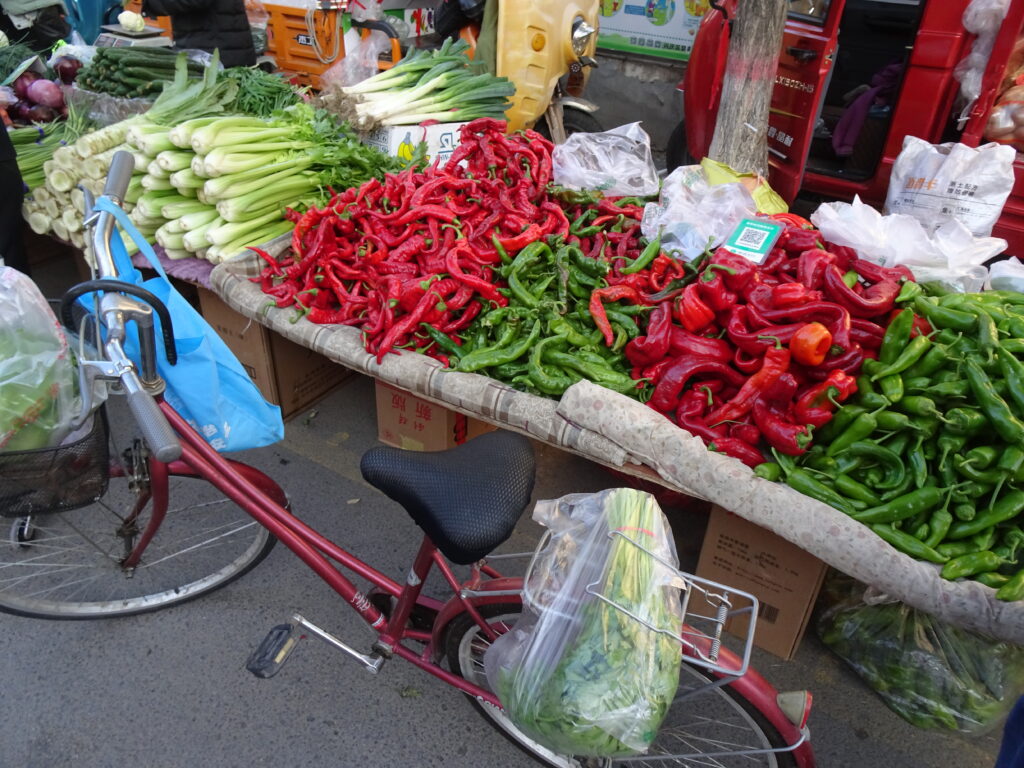
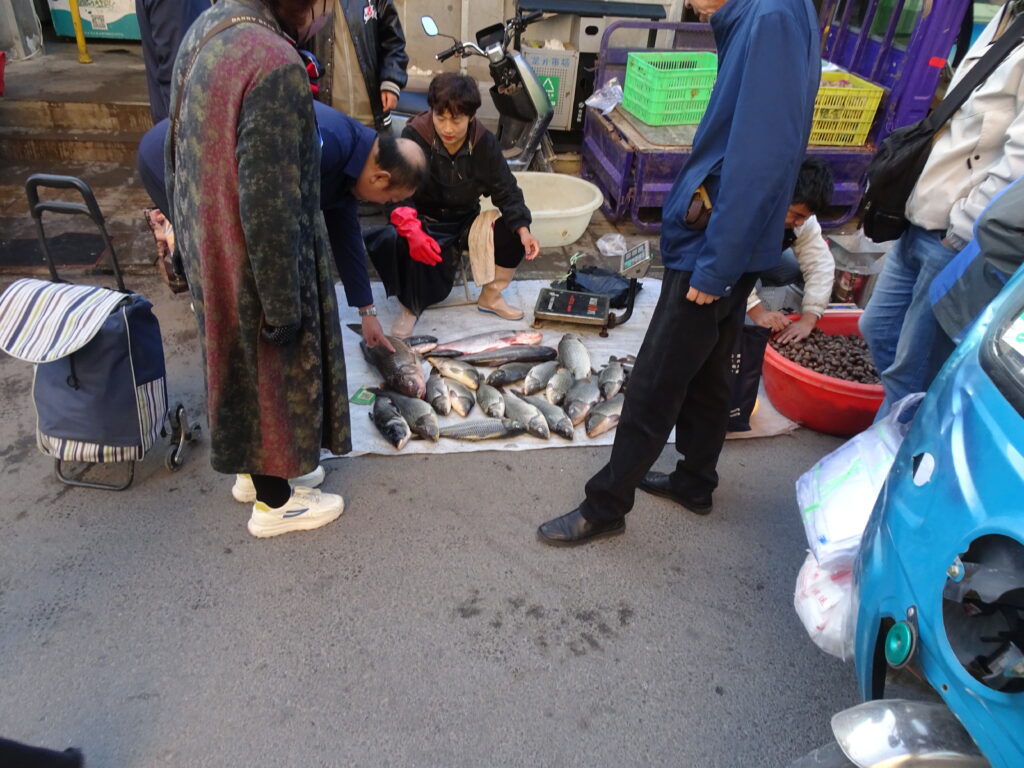
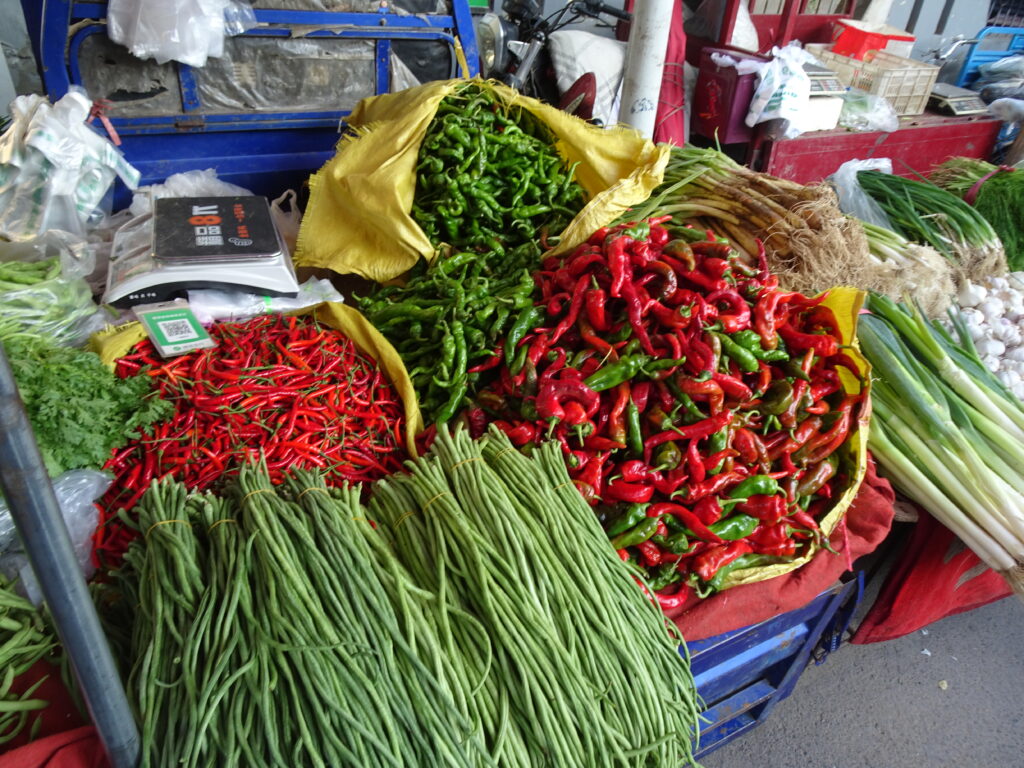
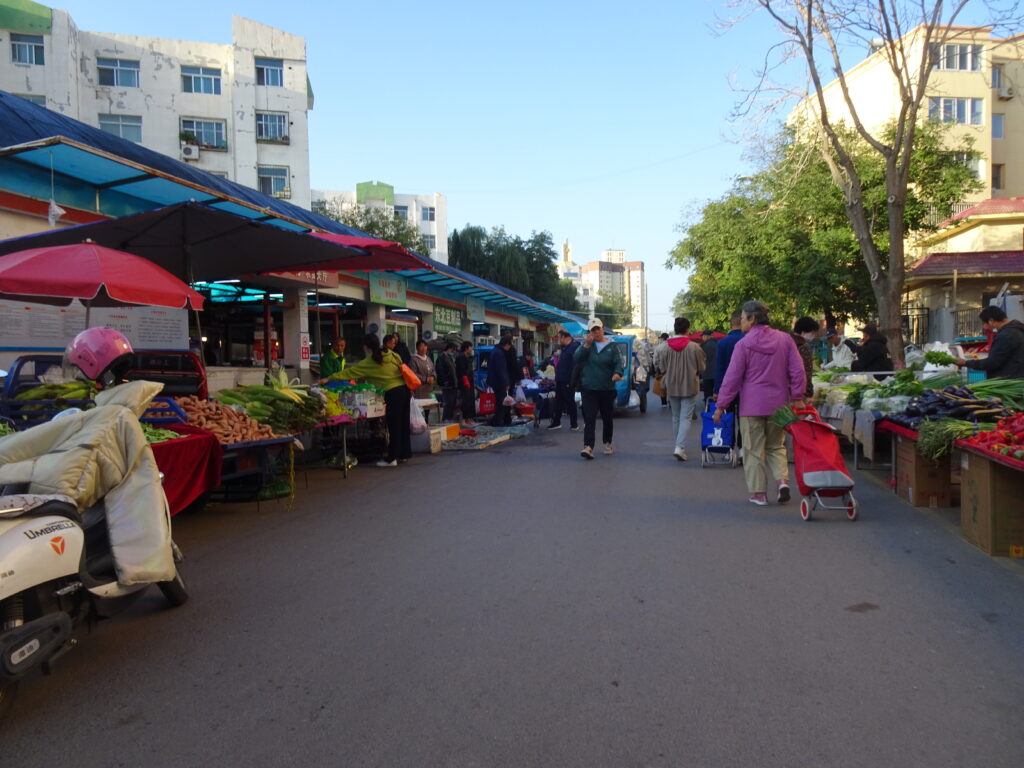
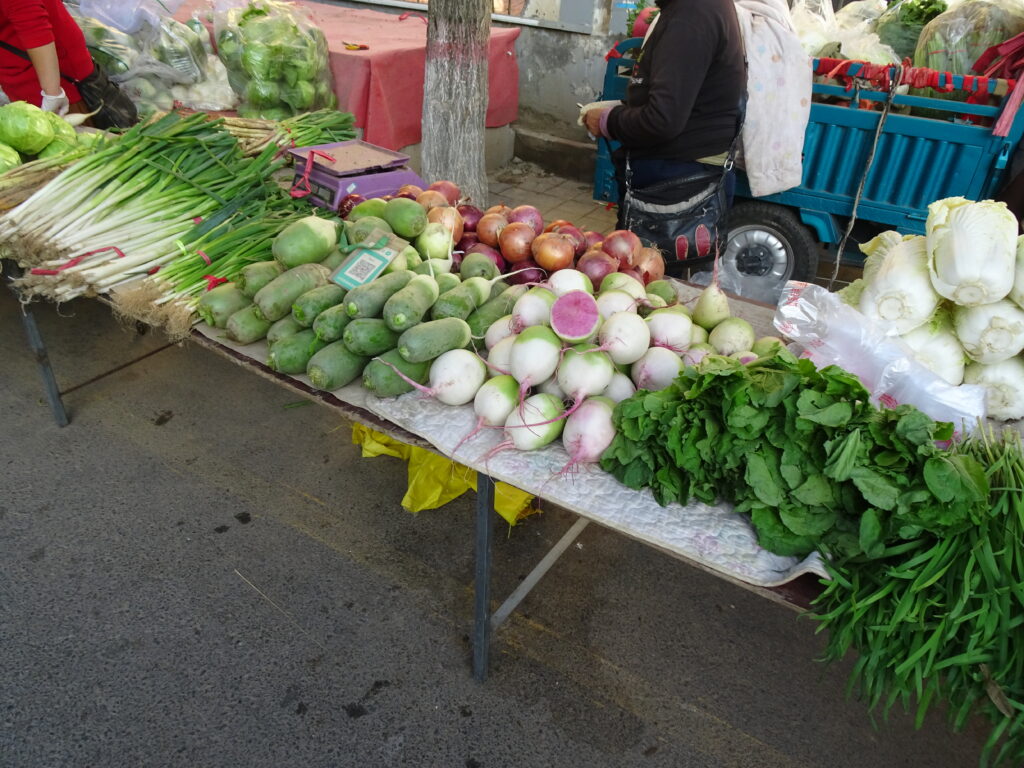
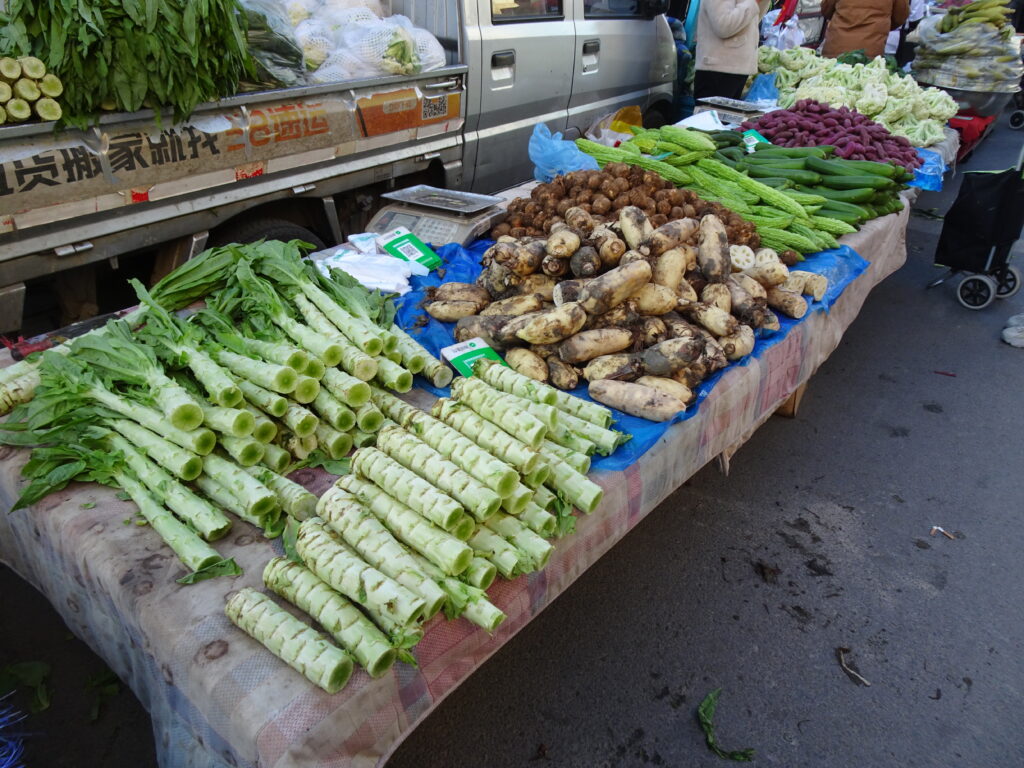
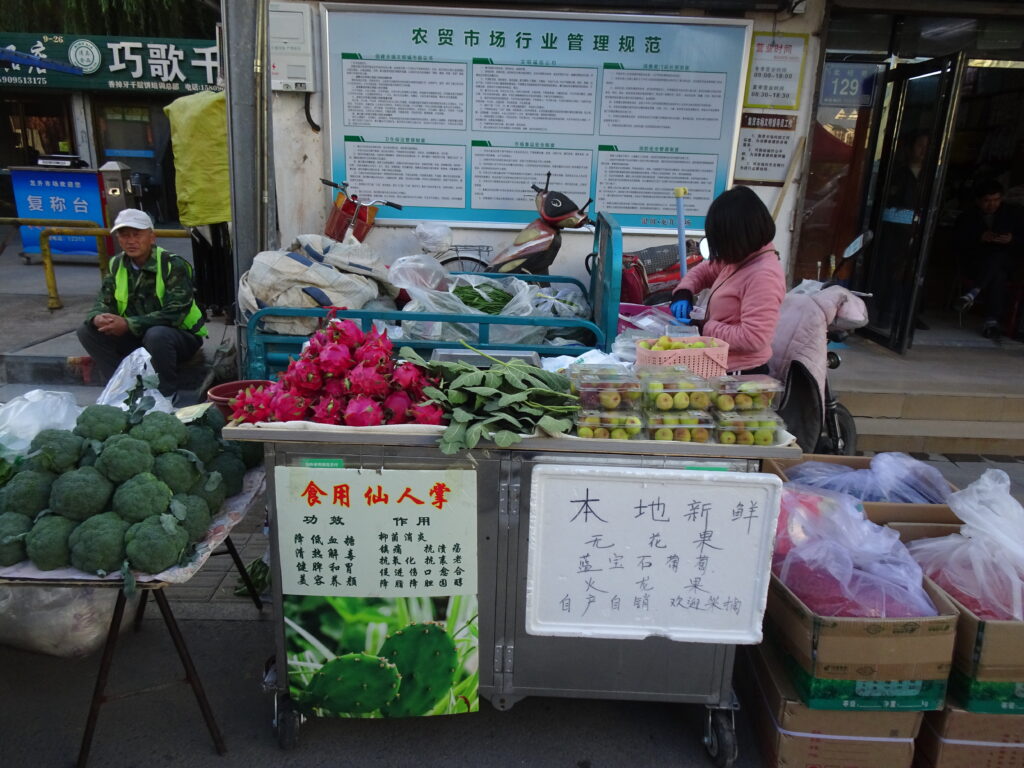
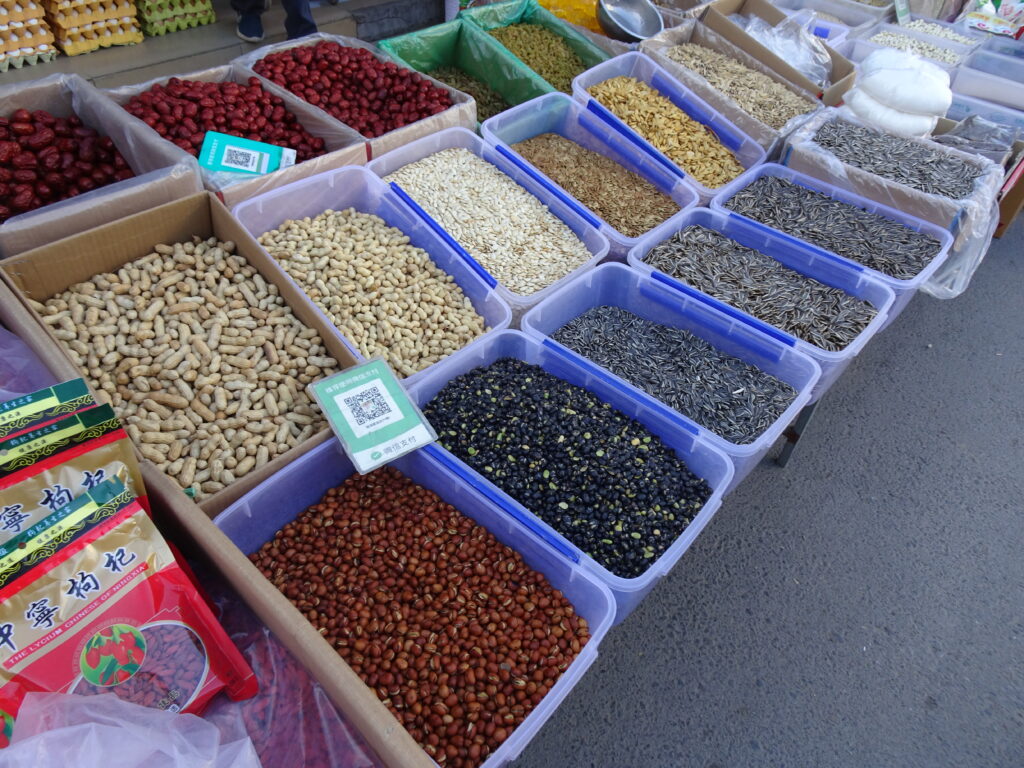
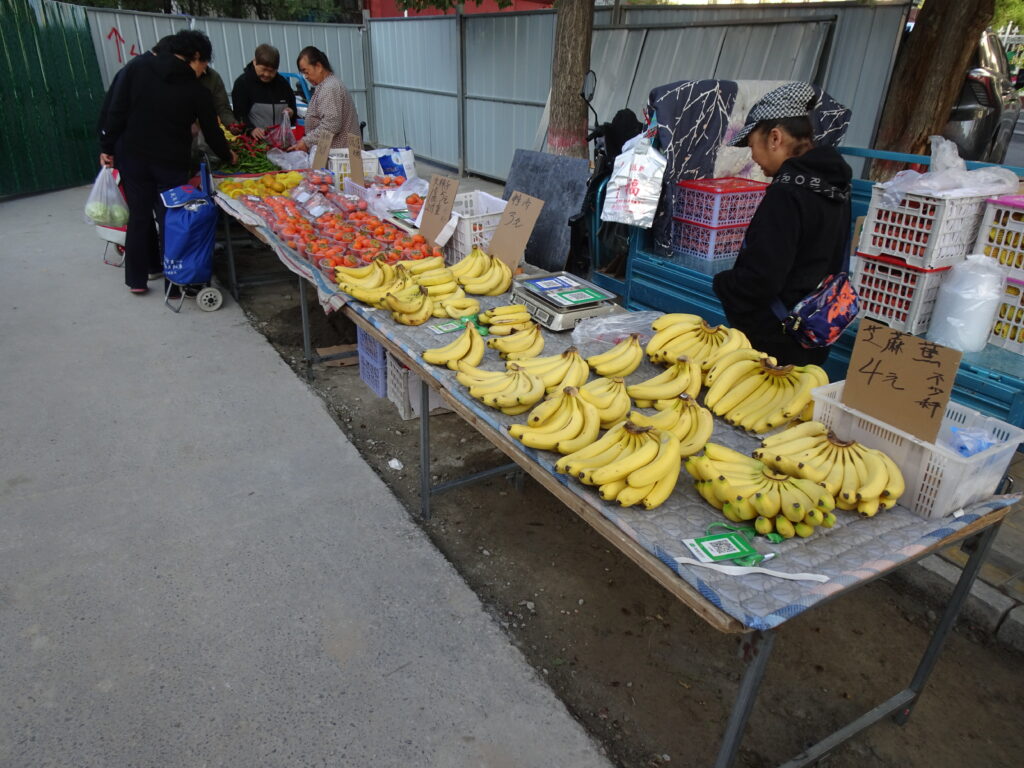
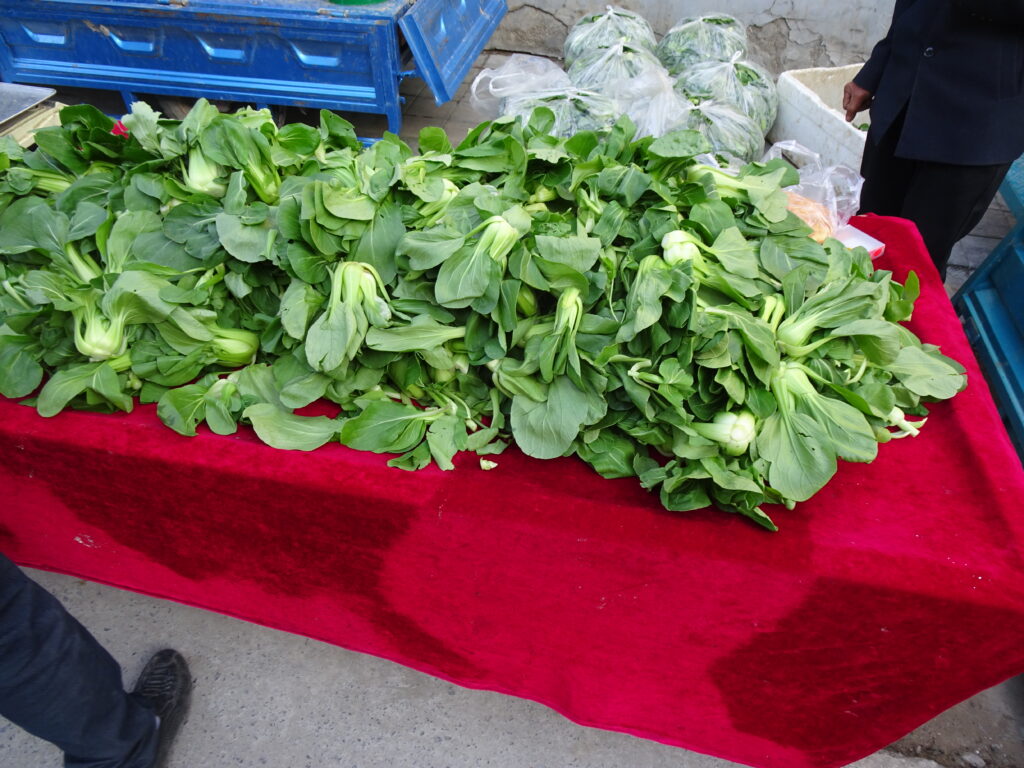
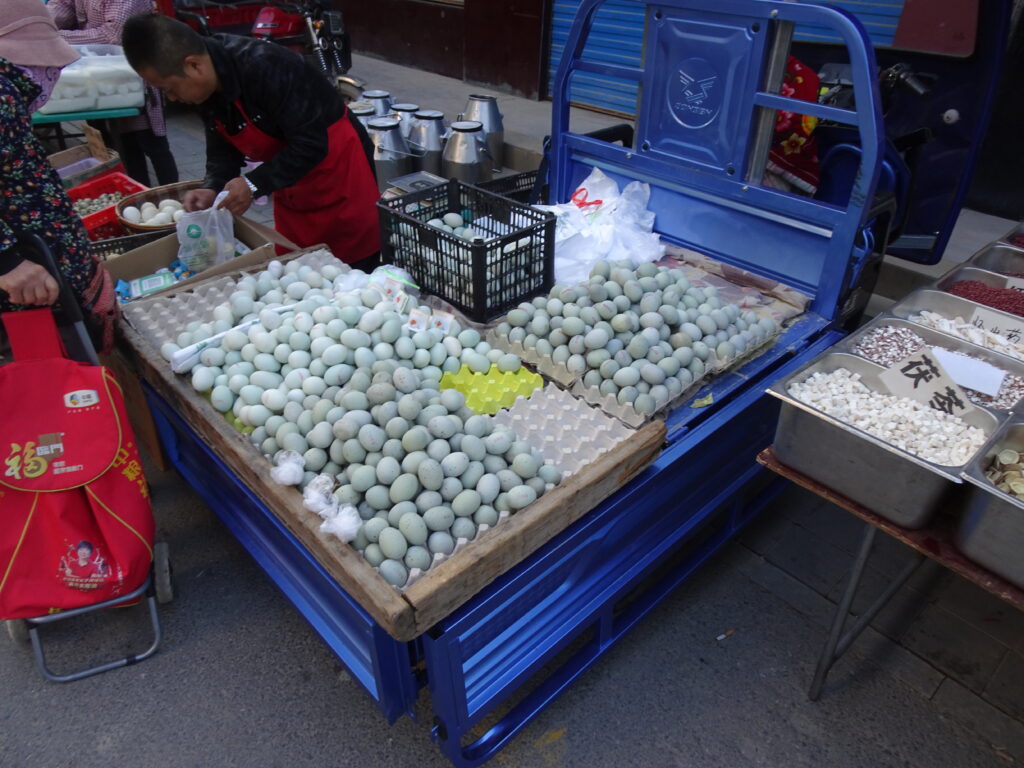
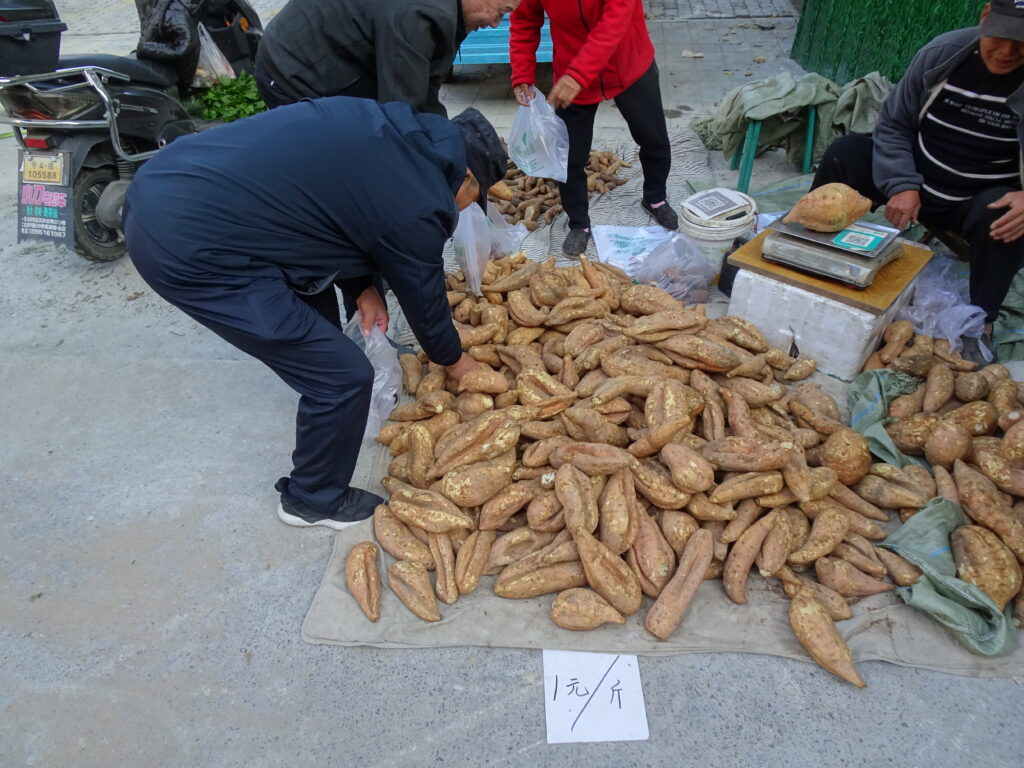
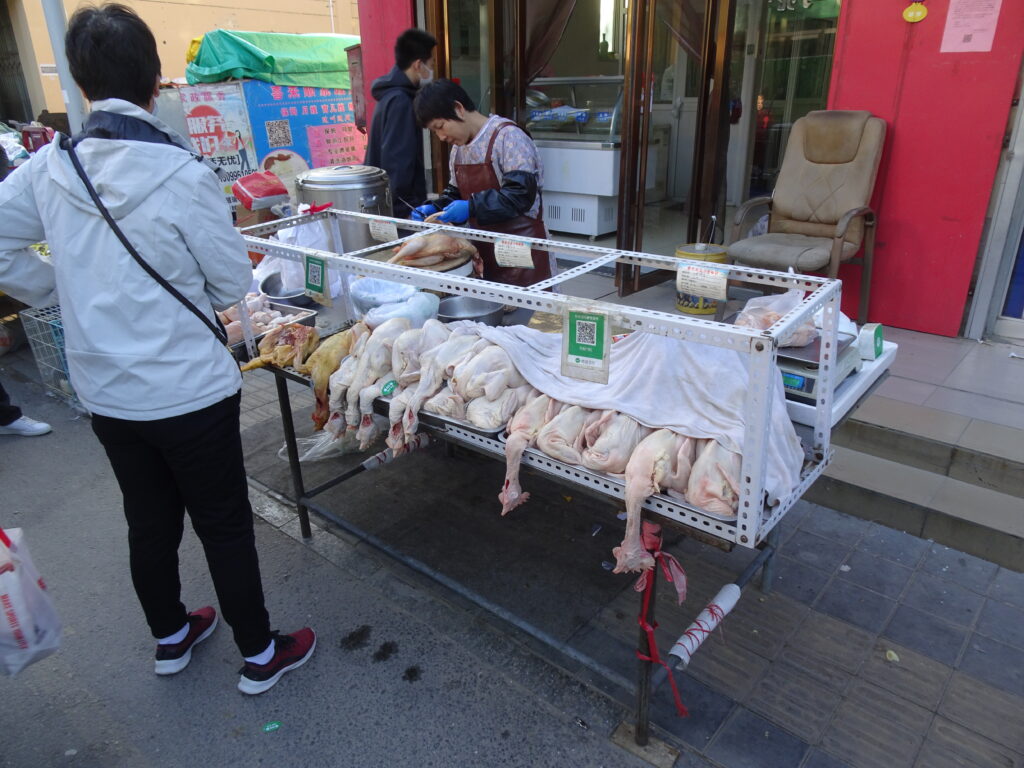
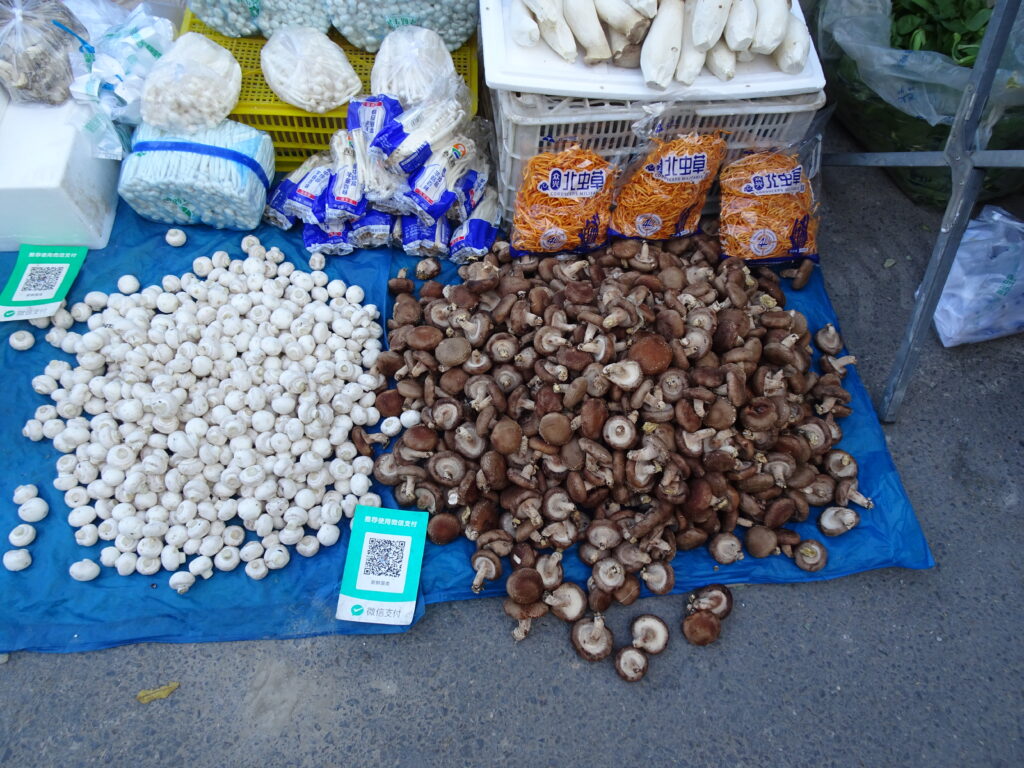
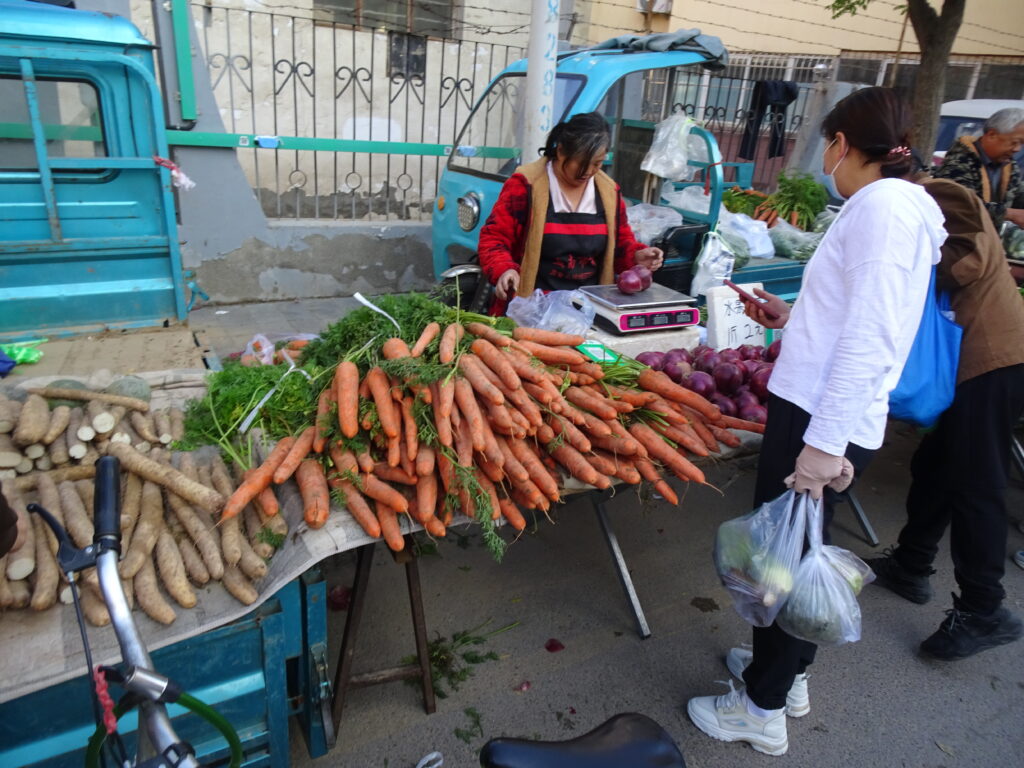
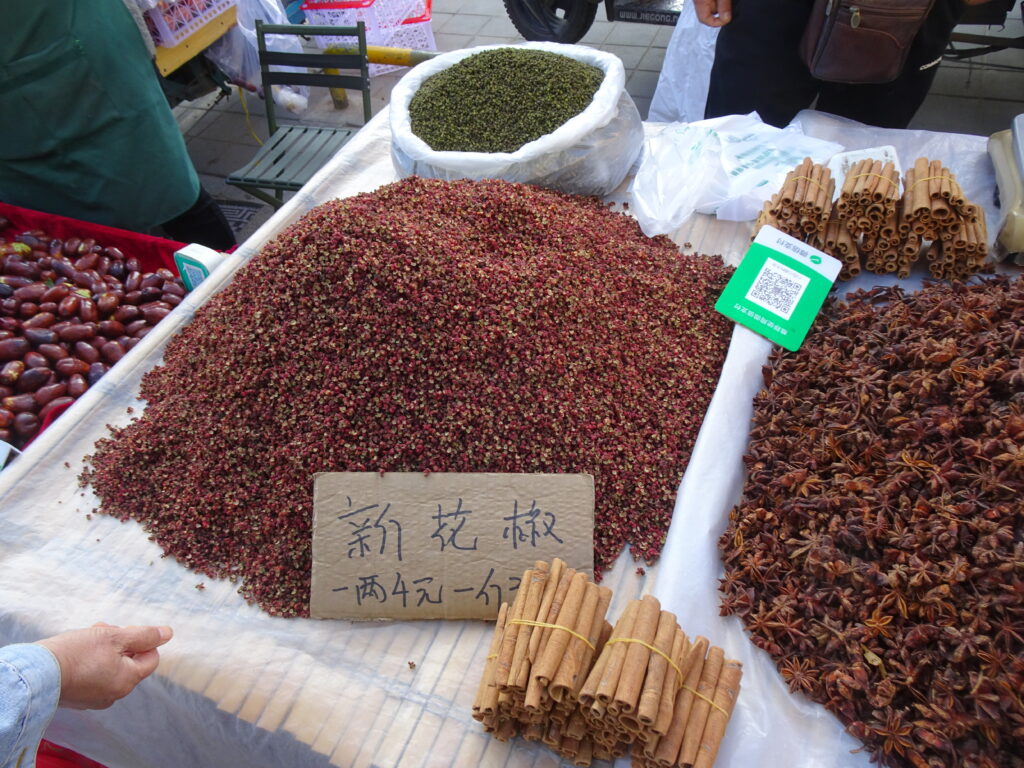
Yep, those are the ” red” tongue numbing peppercorns

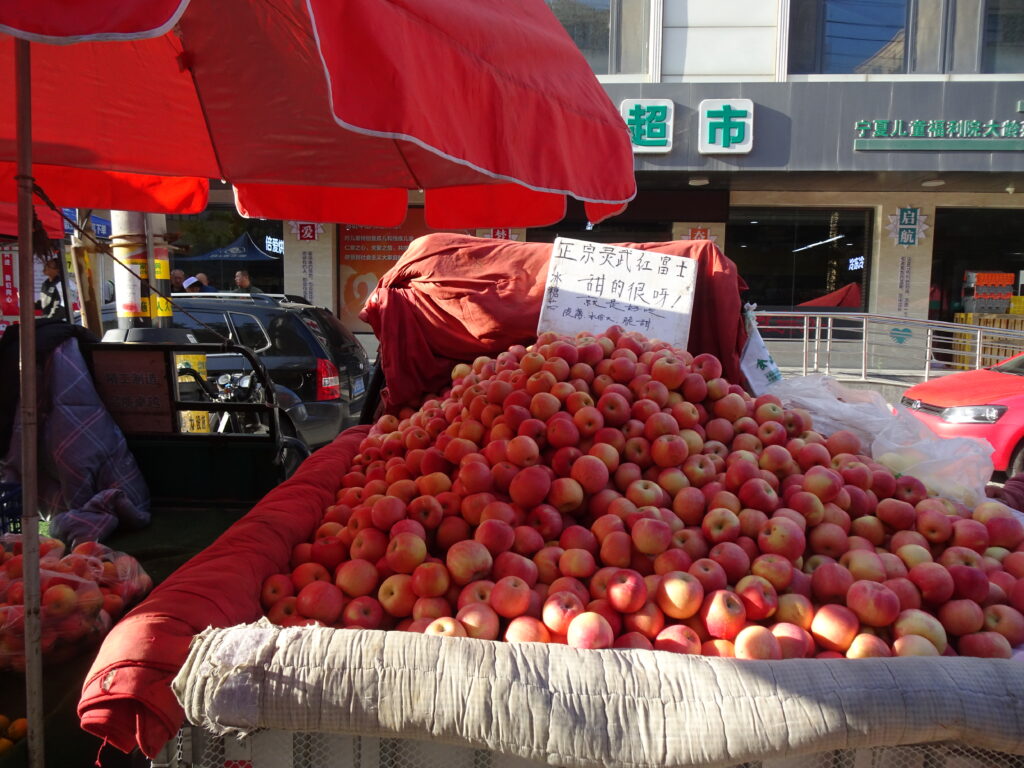
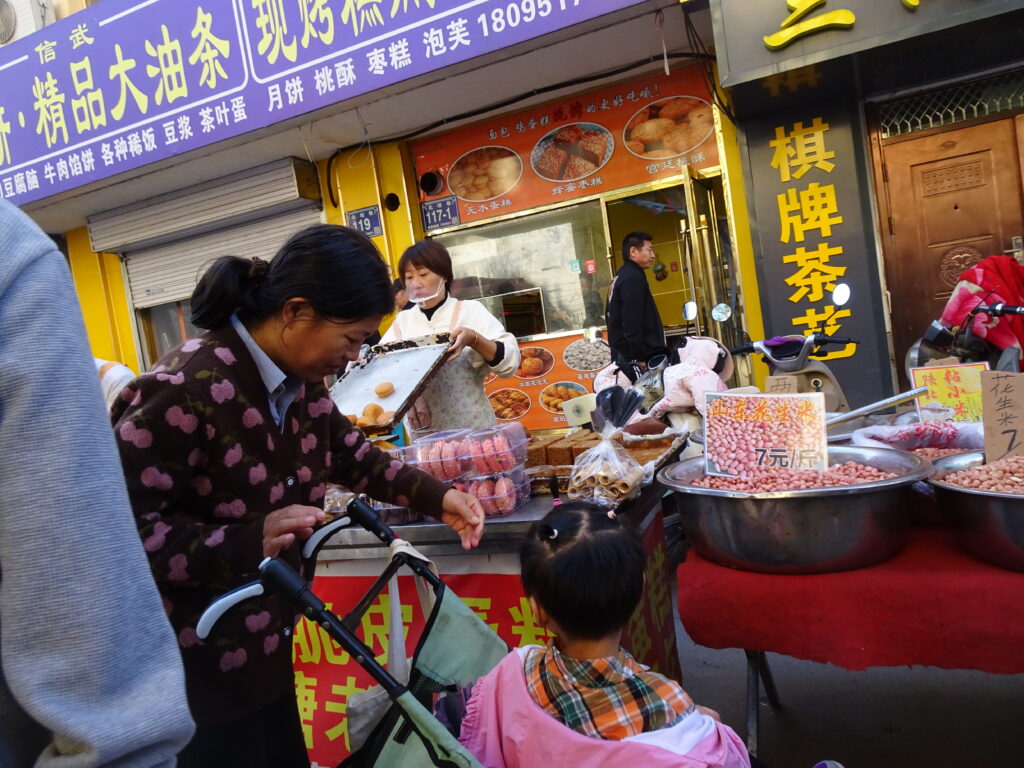
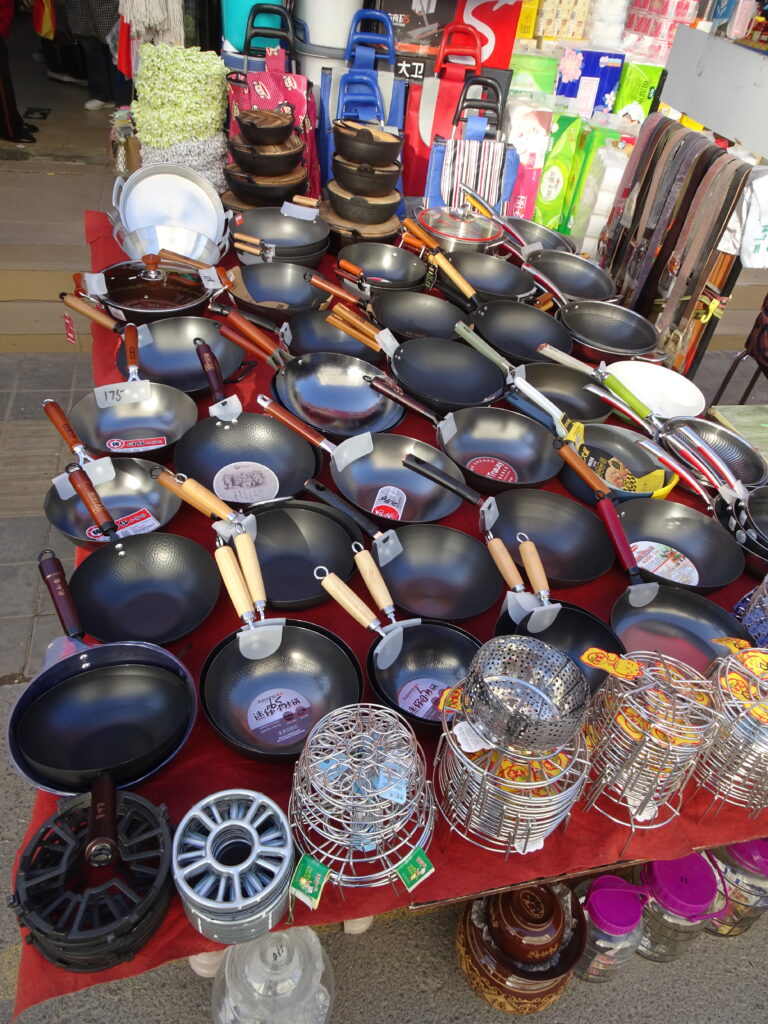
Well, you get an idea of the wide variety… but the place was huge! This was just a fraction of the vendors. And as the hour progressed, the place became really packed with buyers!
Cecilia and i were going to just grab a coffee and chat, but then friends of hers insisted they wanted to meet me. So the friends invited us for a hot pot dinner at their house, and some conversation. Cecelia (and her son) picked me up at my hotel in a taxi. As we go going, she said she had a small gift for me.

it’s tiny (so totally packable) and although I had become convinced that we already had every size, shape and color. Wrong! I hope she understood how totally perfect her gift was!!!
it’s hard to express with mere words the level of exhaustion I felt today. But my time in China was to be quite short, so I needed to make the most of it!
After breakfast I headed out in search of Bā bǎo chá 八宝茶 (Eight Treasures Tea).
I had learned to enjoy this treat after my spring trip to China when my friend Bamboo (who was living in Shanghai) gifted me two big boxes. Back in Colorado Rhonda and I had savored the delightful flavor. I had to get more! (absolutely impossible to find in Colorado, and I could only find a weak substitute through online shopping)
Well, Yinchuan was the place to find it!
(In fact, although she was living in Shanghai, the packages Bamboo had given me were actually from this city!)
I found stores selling Ba Bao Tea all over in Yinchuan! Selecting what to buy would have been easy if i had found the exact same manufacturer and packaging as what we received from Bamboo . I keep hoping to find that, because I figured it was a sure thing. But to be sure I would not leave Yinchuan empty-handed, I bought 3 packages from a different manufacturer. (OMG the three packages weighed a ton! I began to imagine how heavy my suitcase was going to become!)
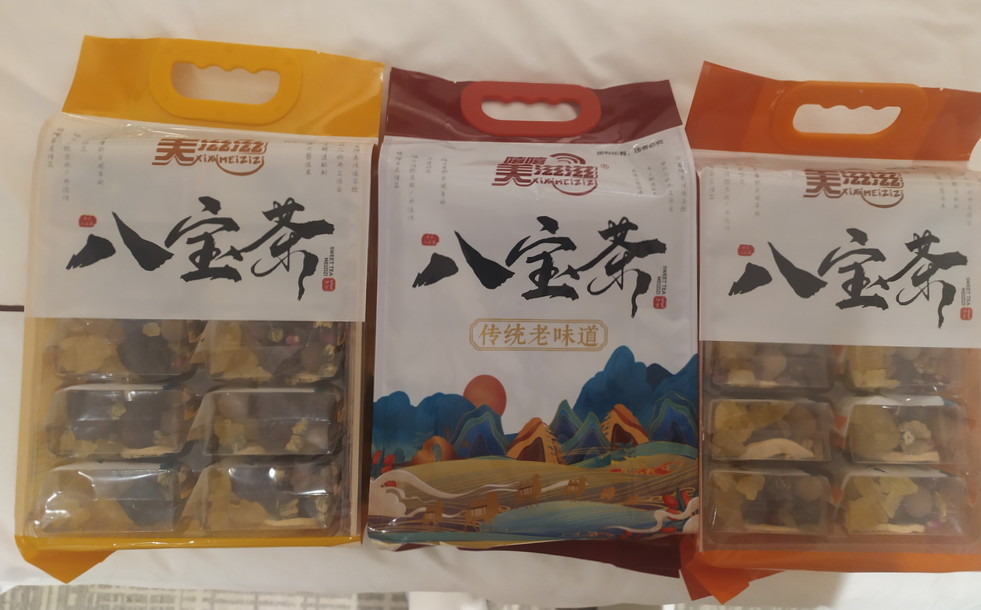
I then stopped at a bookstore hoping to find some books that would catch my eye. I suppose it was a blessing that I did not encounter any books that I could not resist!
But i did encounter black porcelain brush rests in the shape of a cat.
I had bought a white one like these on a previous trip to China. But my oldest daughter has a cute black kitten, so how could I say no to these?
So I bought one for Mindy and one for my own home in Colorado (knowing that my wife would confiscate it for her own use!)
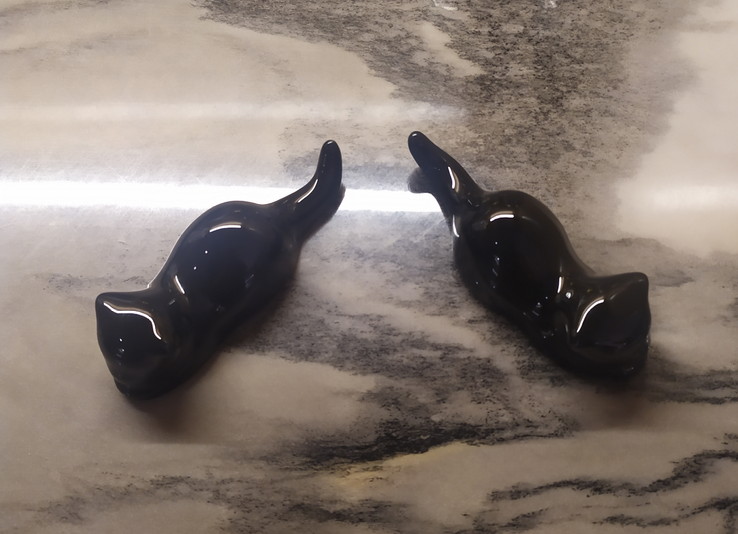
My hotel is just a block away from the historic “drum tower” ( photos later after I transfer some stuff from camera). Wanting a low key day I went to explore another nearby historic building sometimes called the bell tower.
I will just add a few pics and will have to explain when i have more time!
these other pics were were taken by other people.
next pics from new pal “Chen chen”
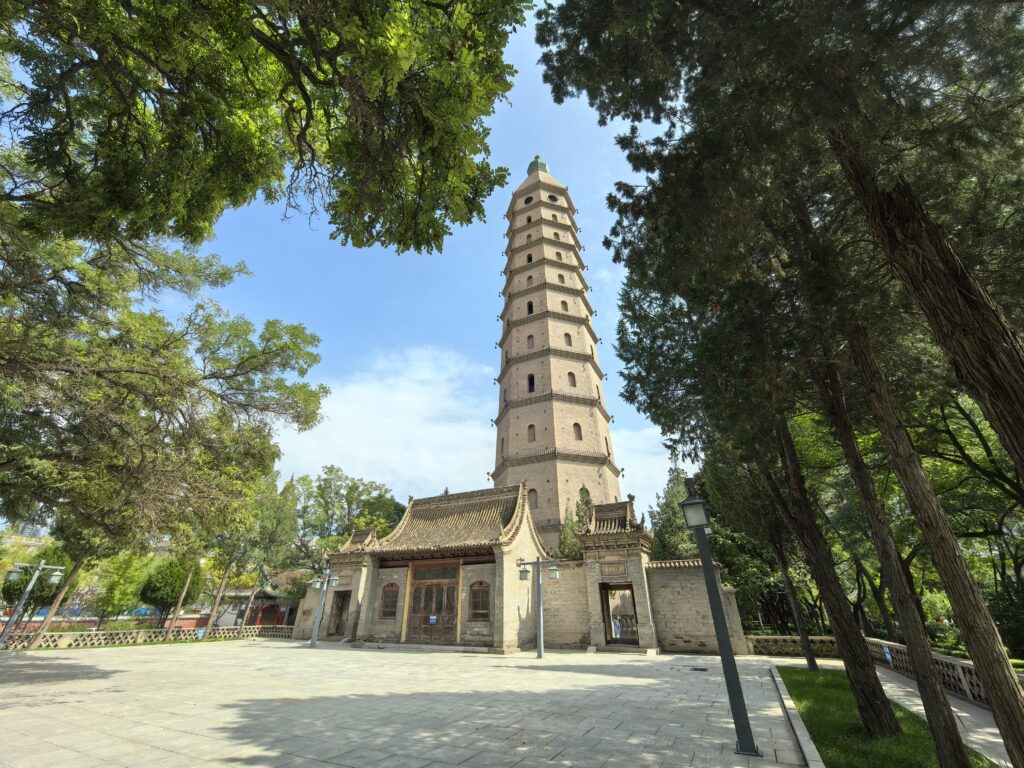
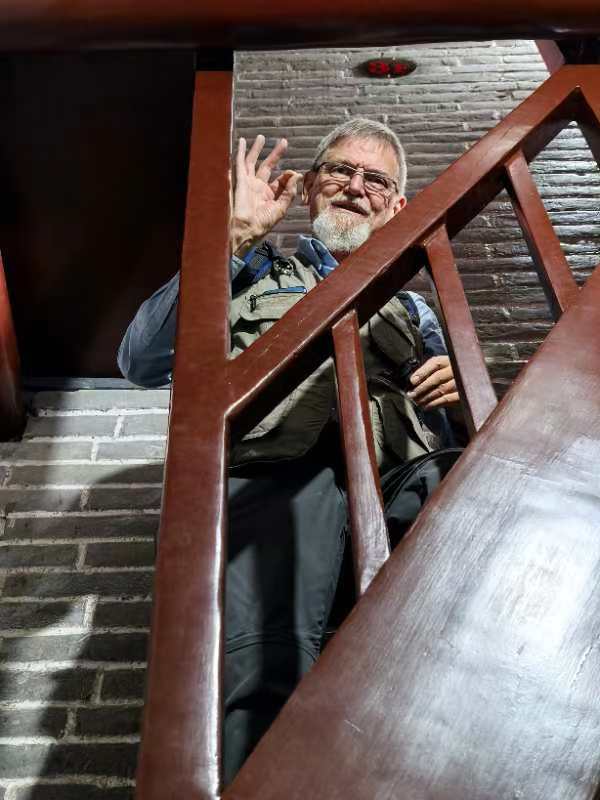
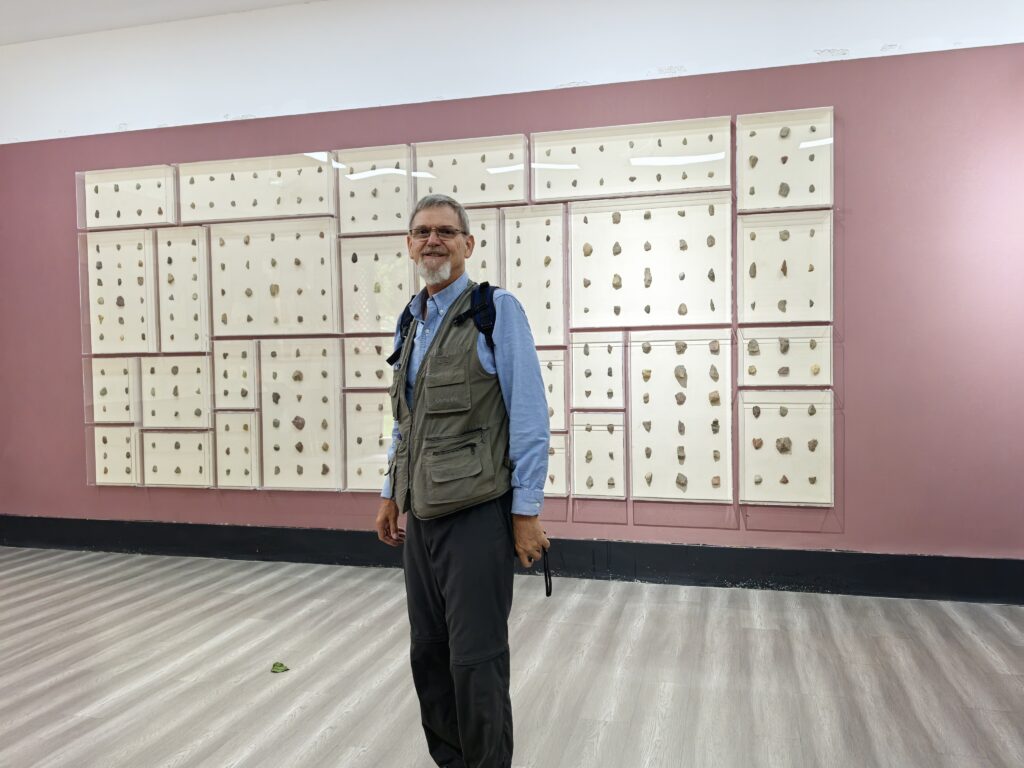
next pic from Cecelia, my guide from the spring trip
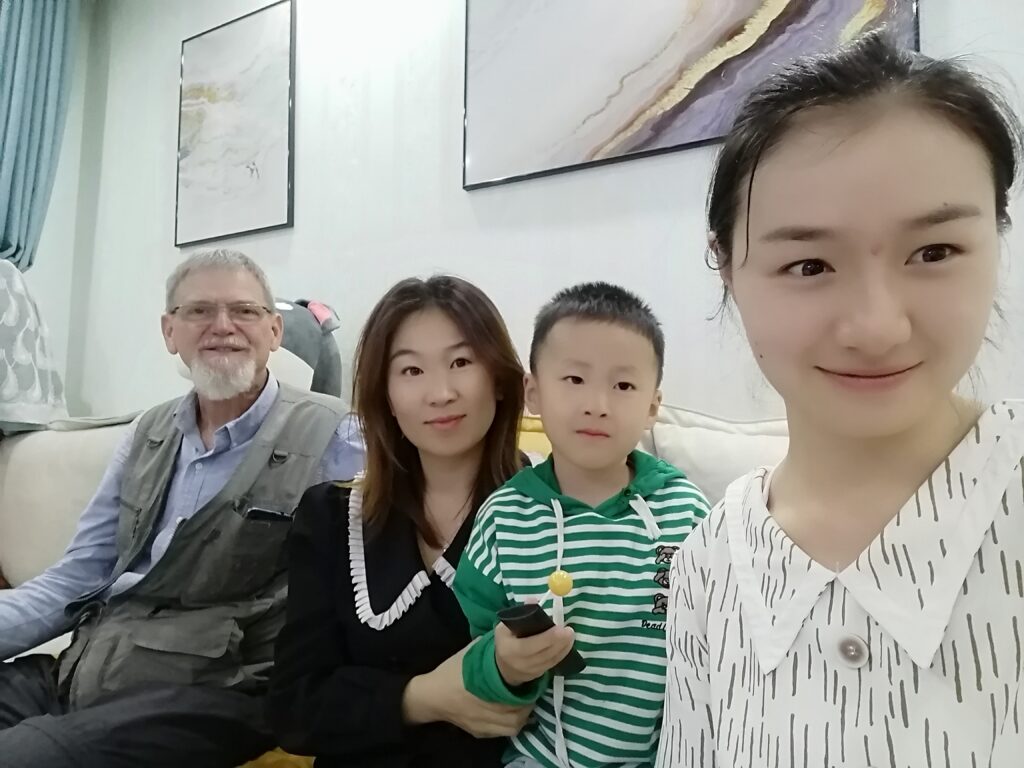
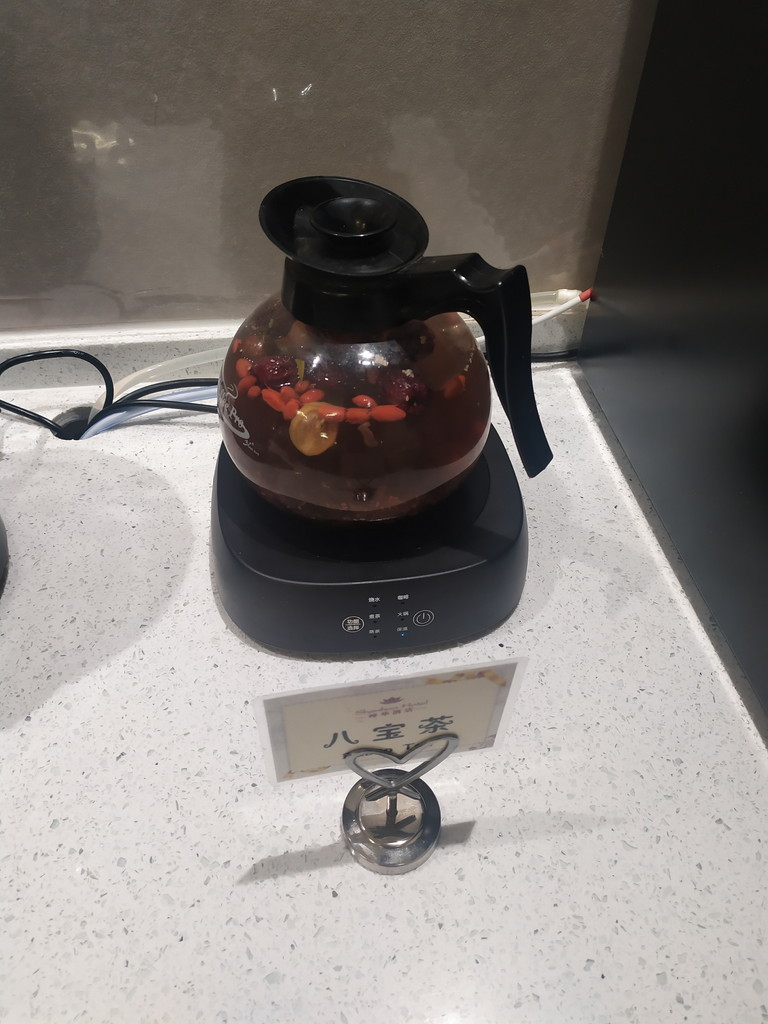
Babao tea at today’s breakfast buffet! ( My own pic!)

mmm 早餐
I had a good rest in the space capsule. I had set alarm on phone, wristband, and “hotel” wake up call. But ha ha, my inner clock woke me ten minutes before any of those!
Didi to train station was easy peasy. So much better than taxis in so many ways. Uber probably does it too, but it’s nice to have a map showin the driver enroute to pick me up, and then track the progress/route as the didi car heads to destination!
and this train station is really low key compared to the ones in Xi’an itself! (I am leaving from Xianyang North station)
